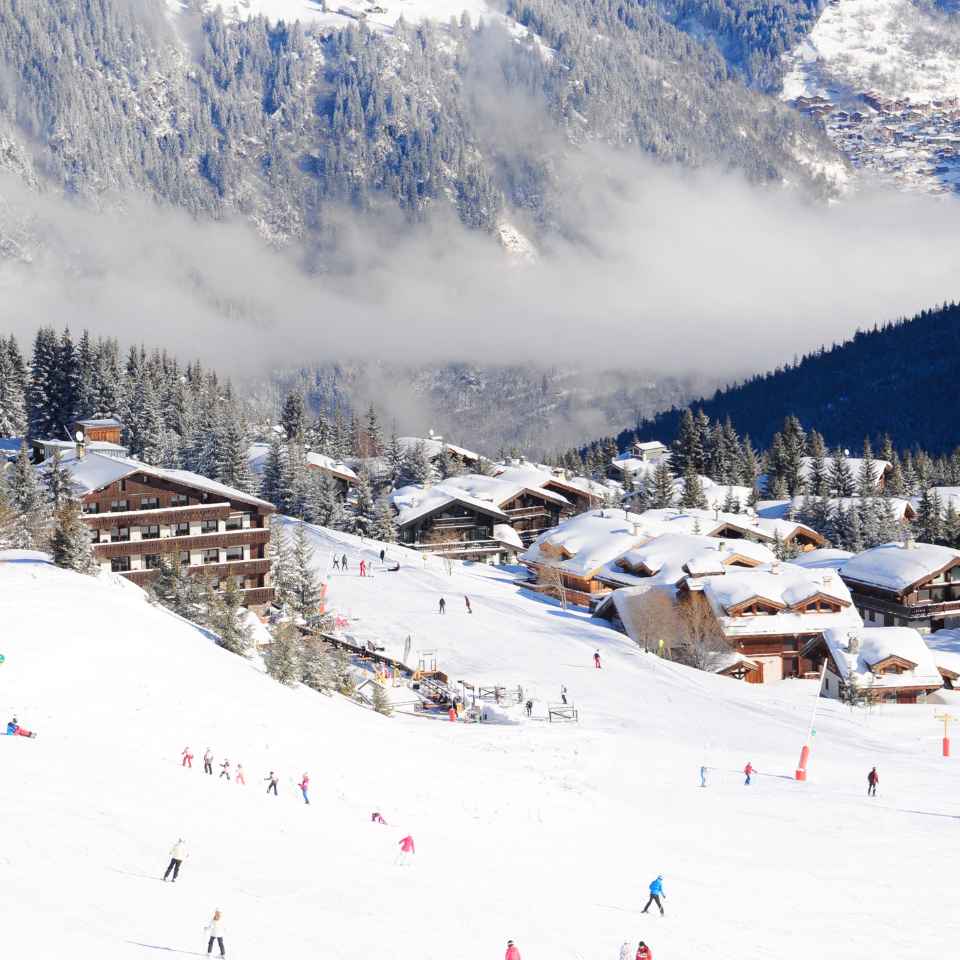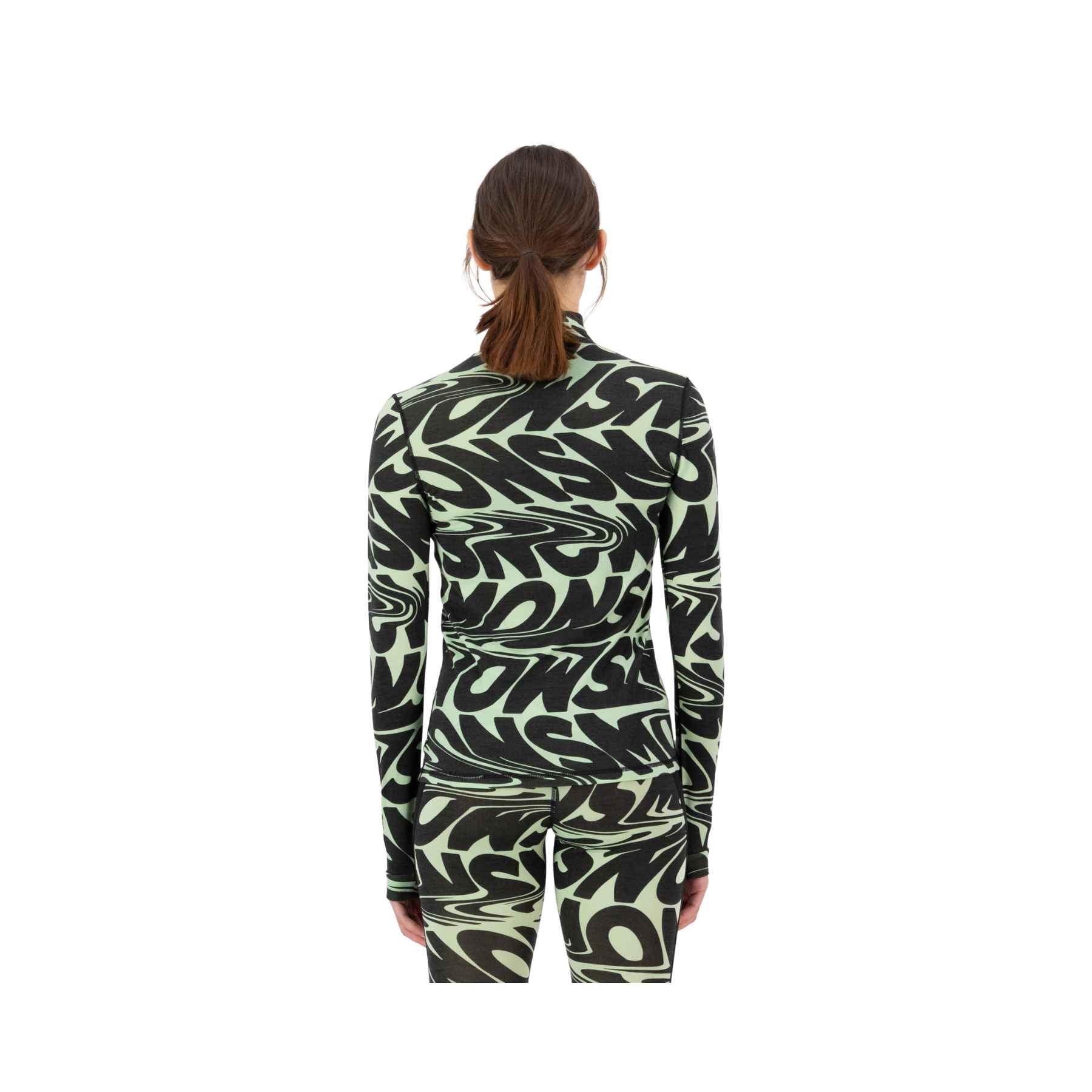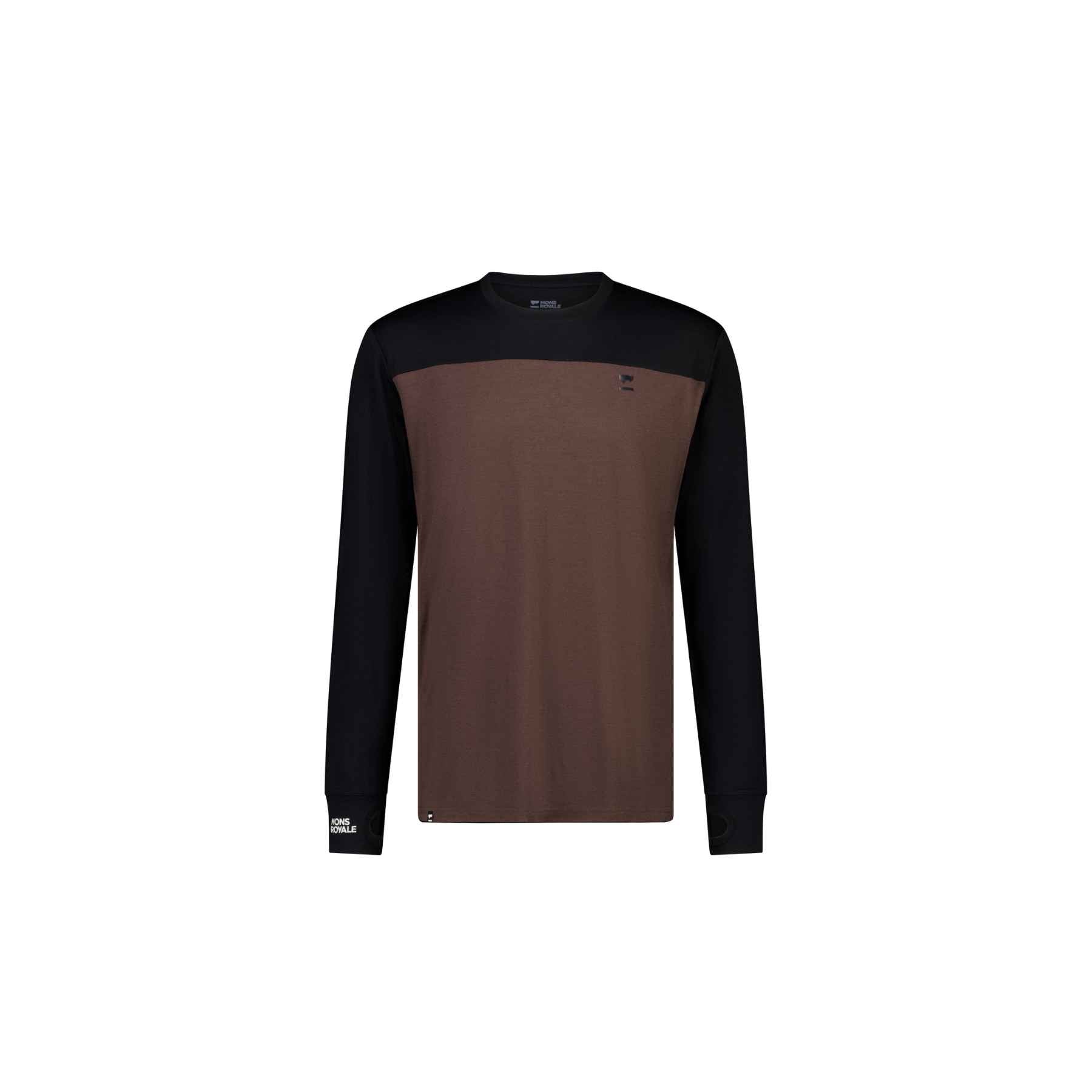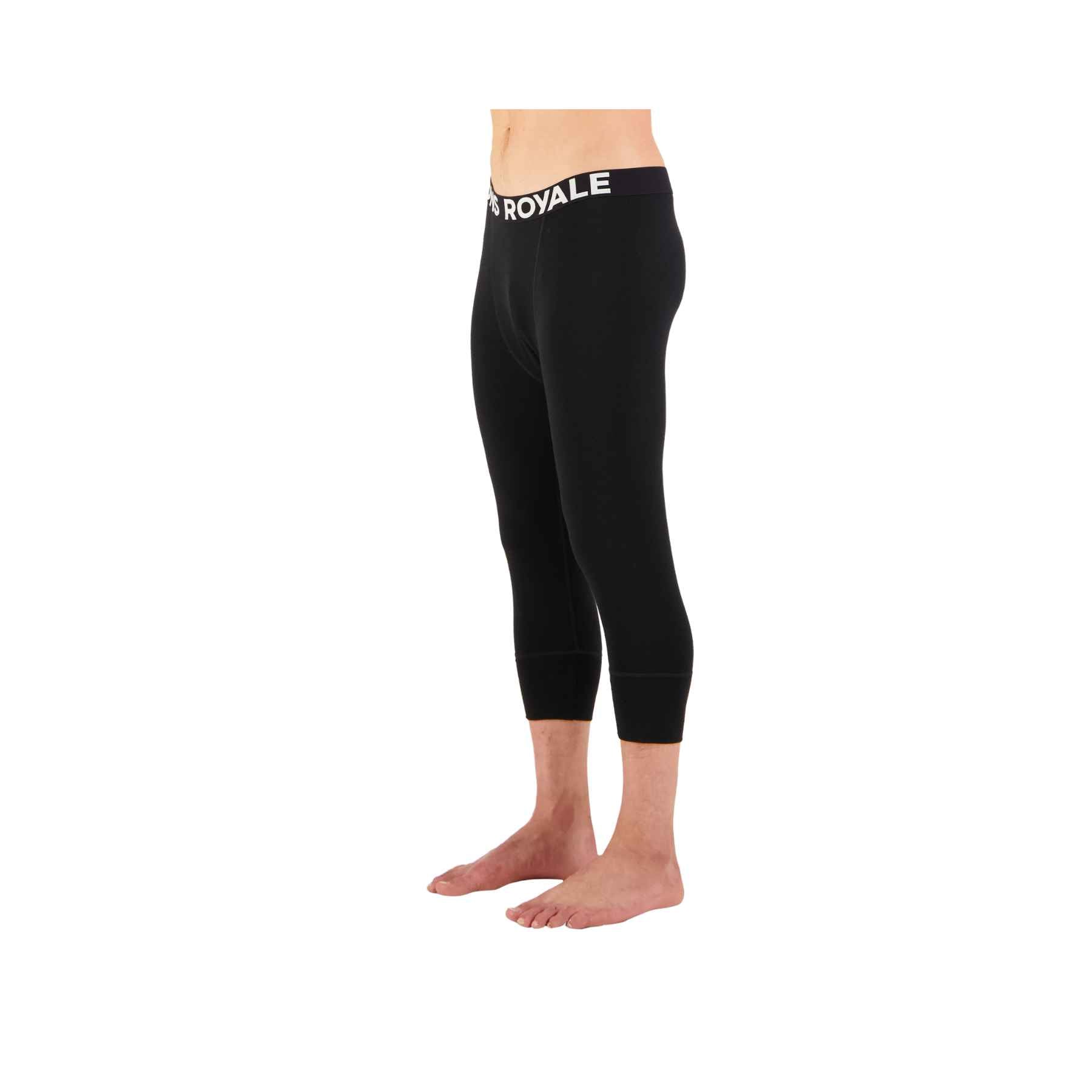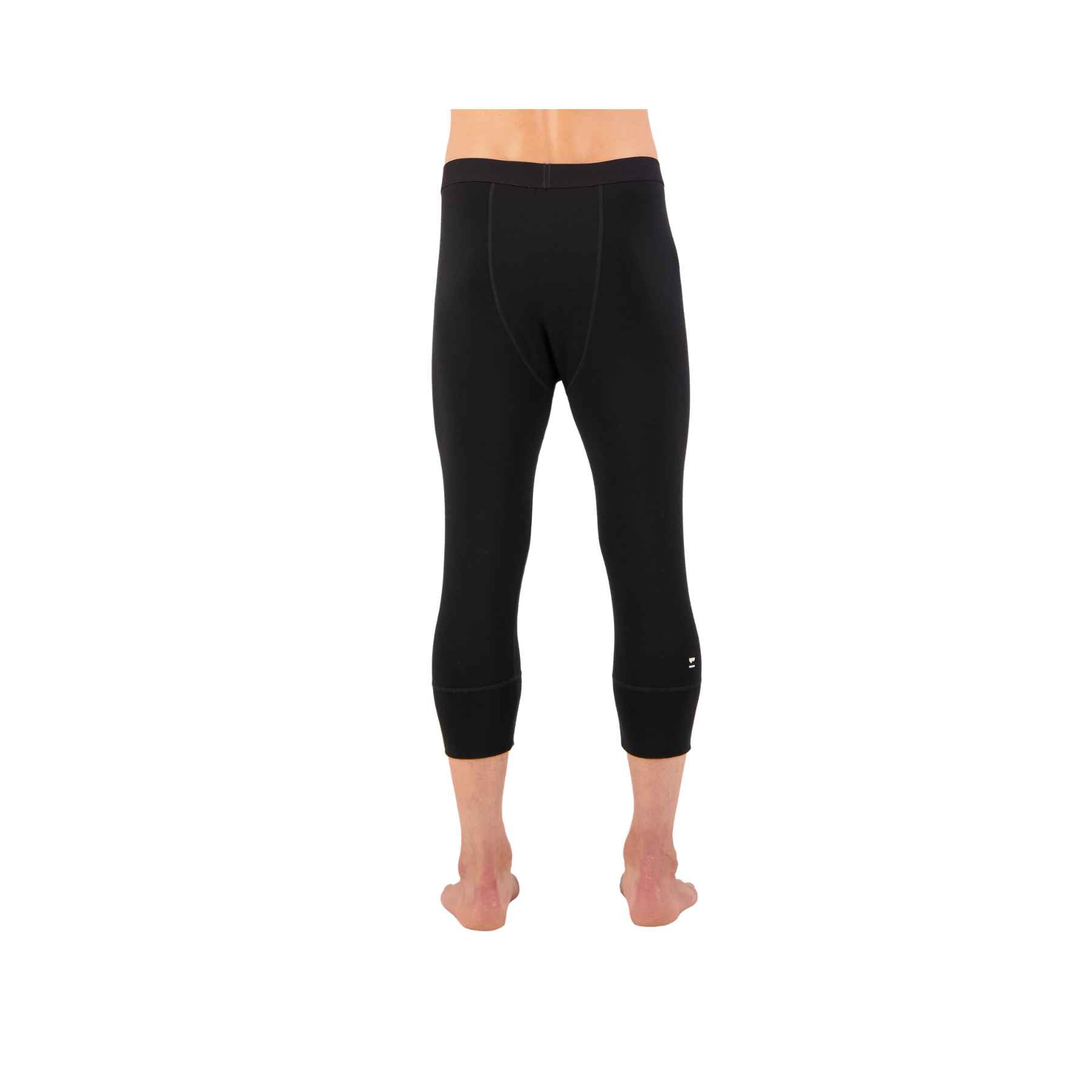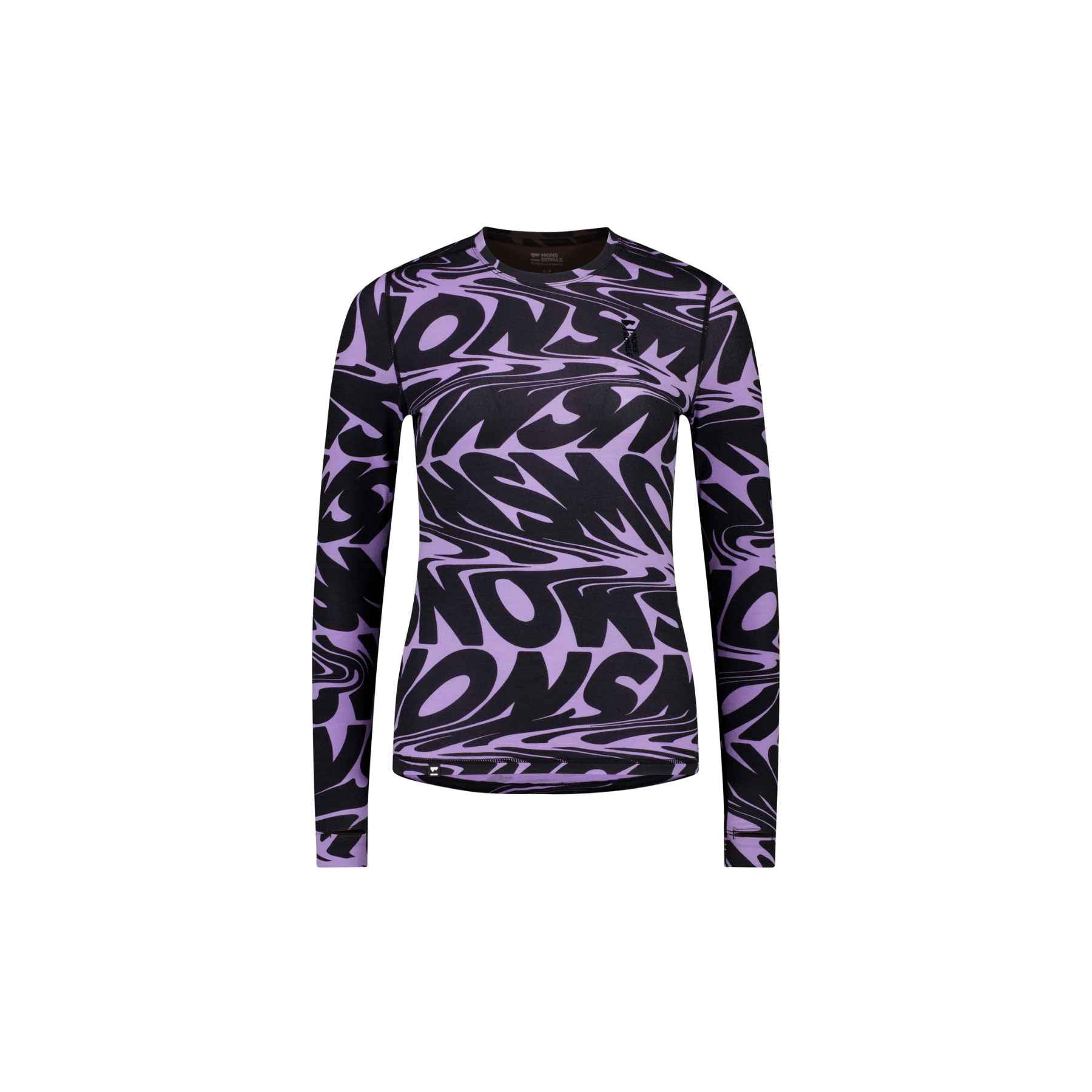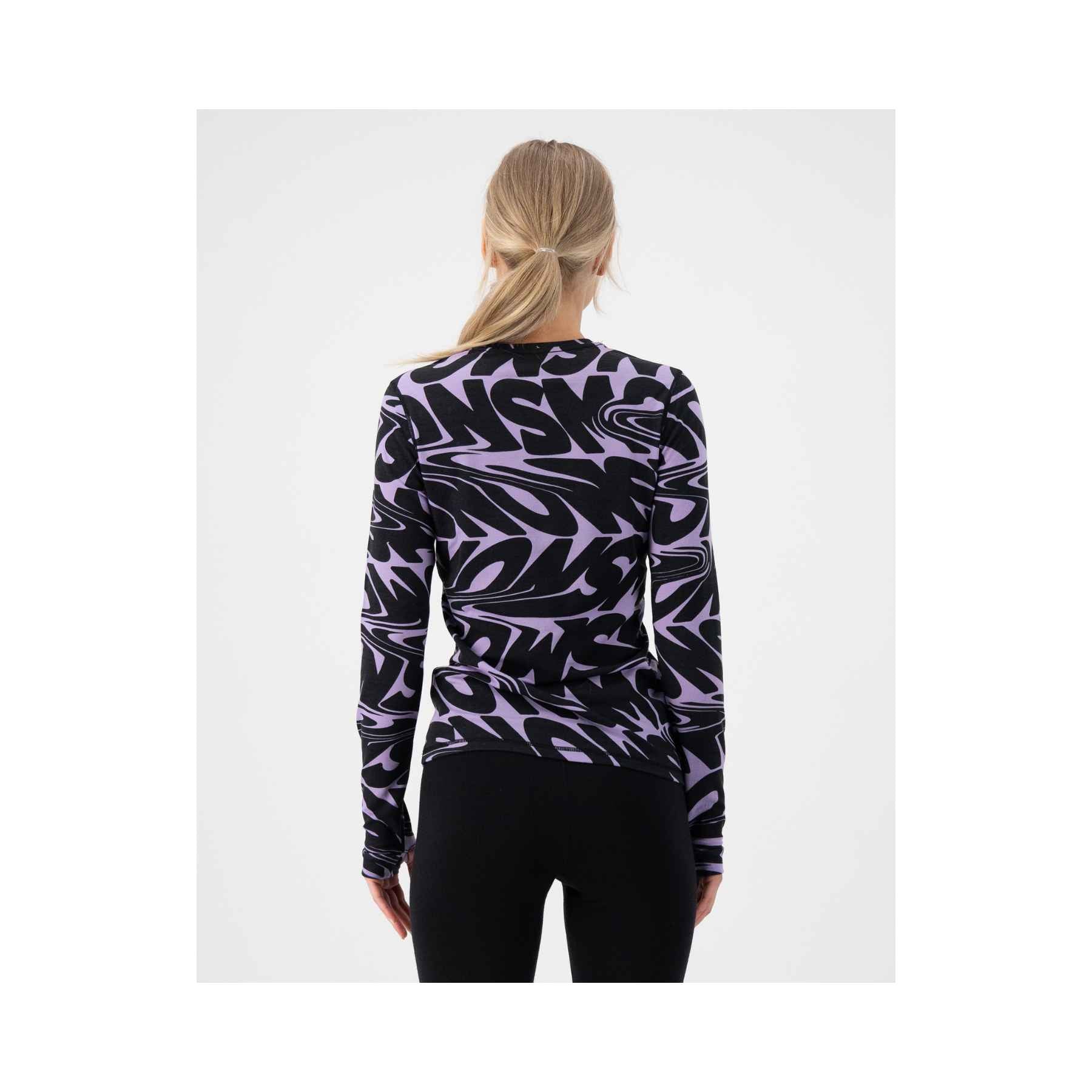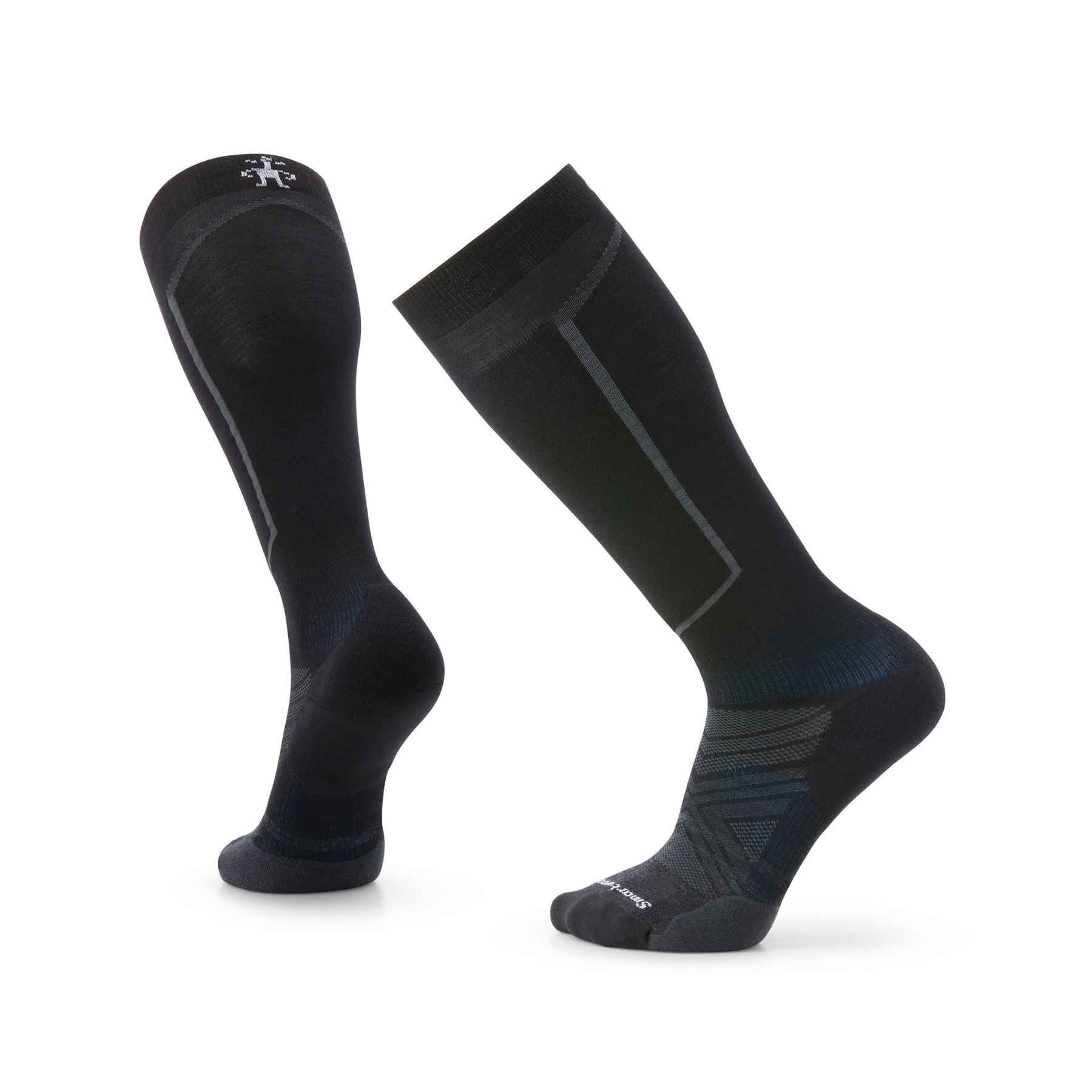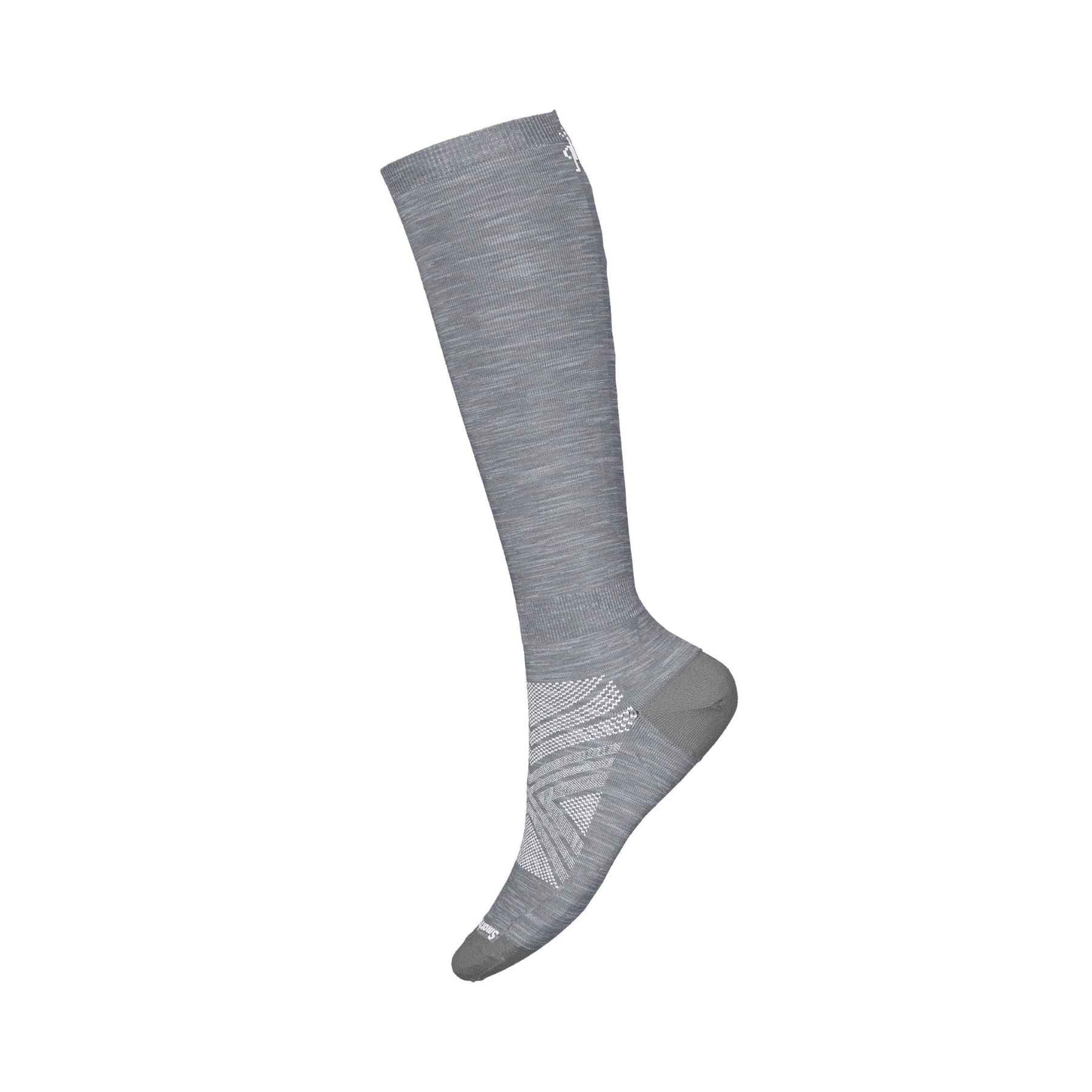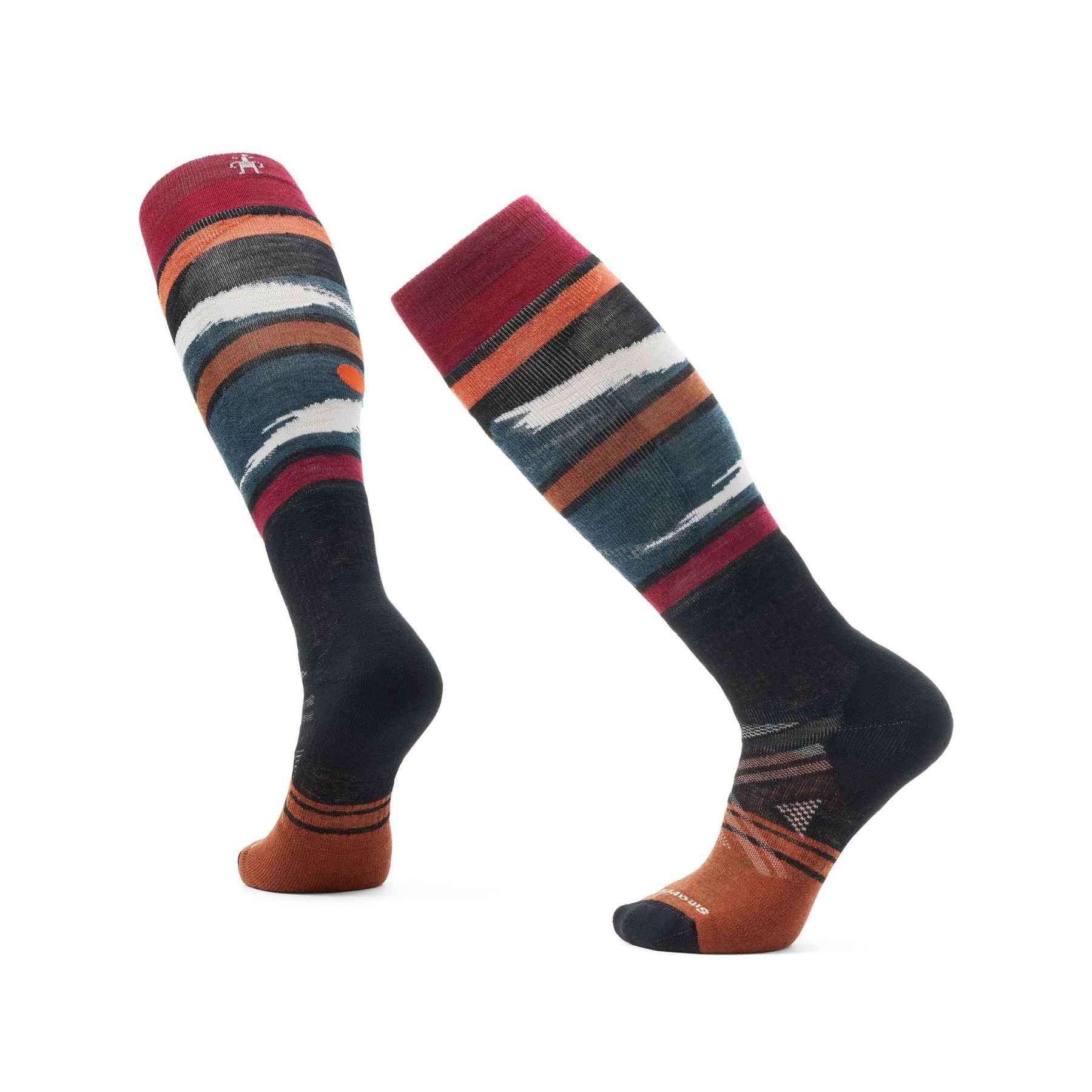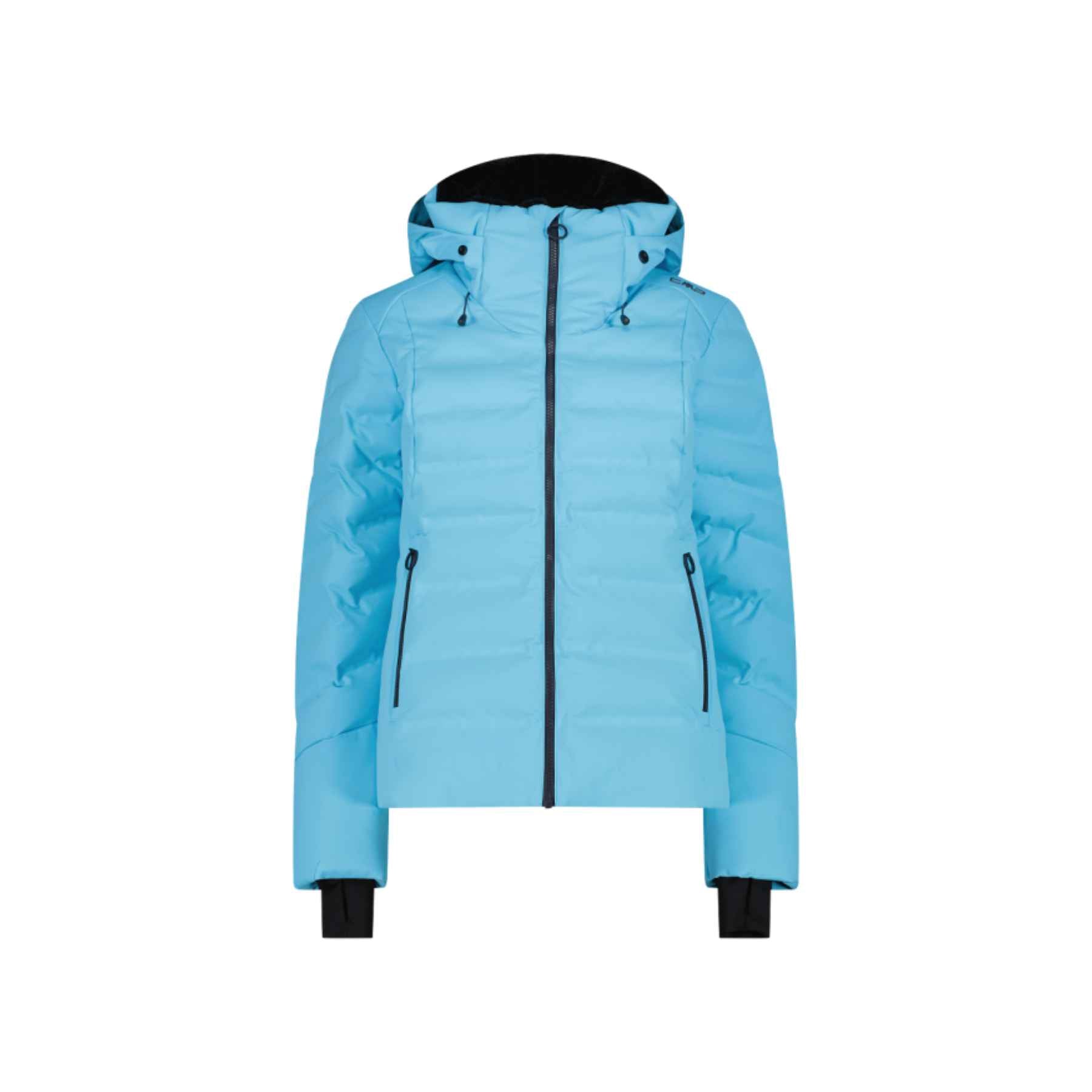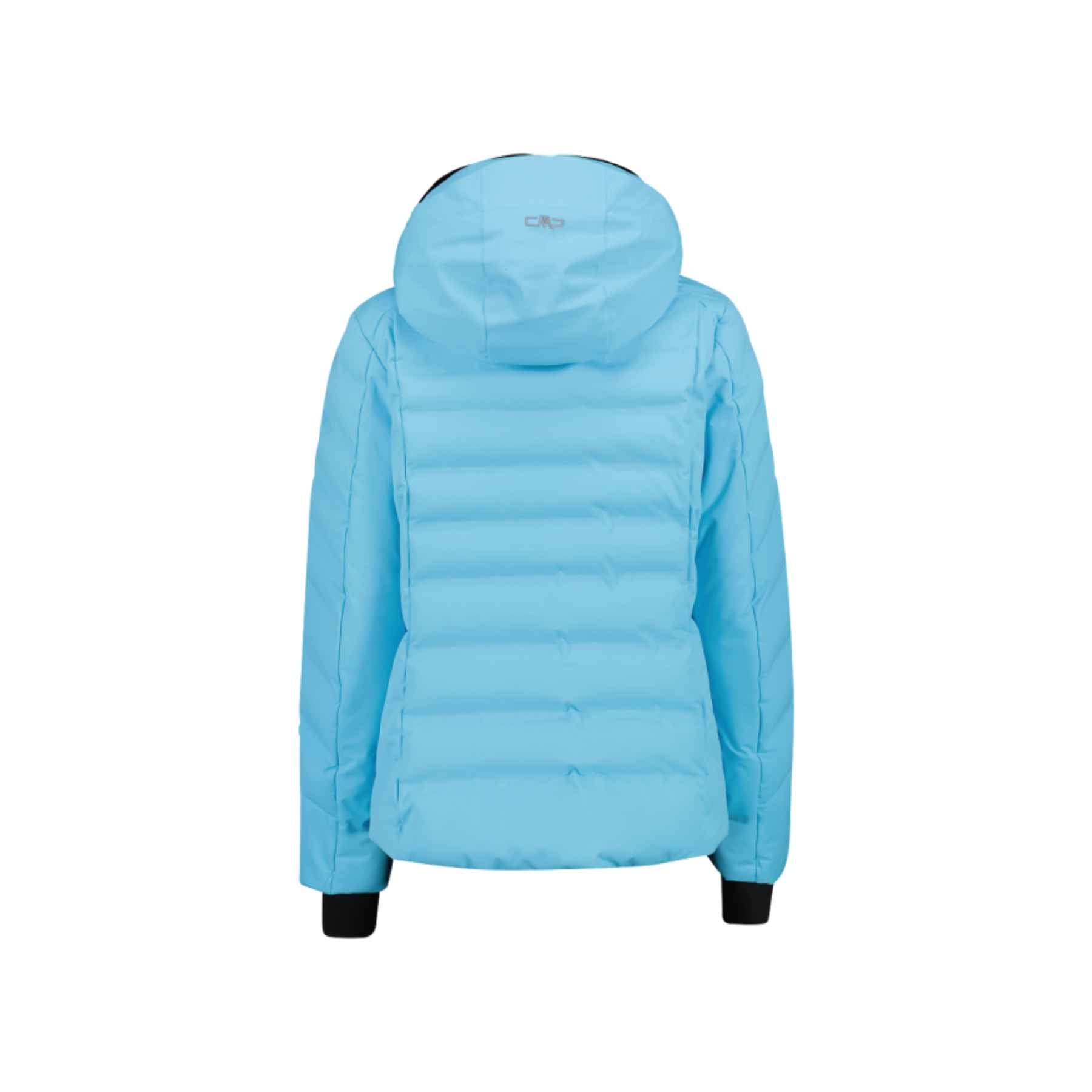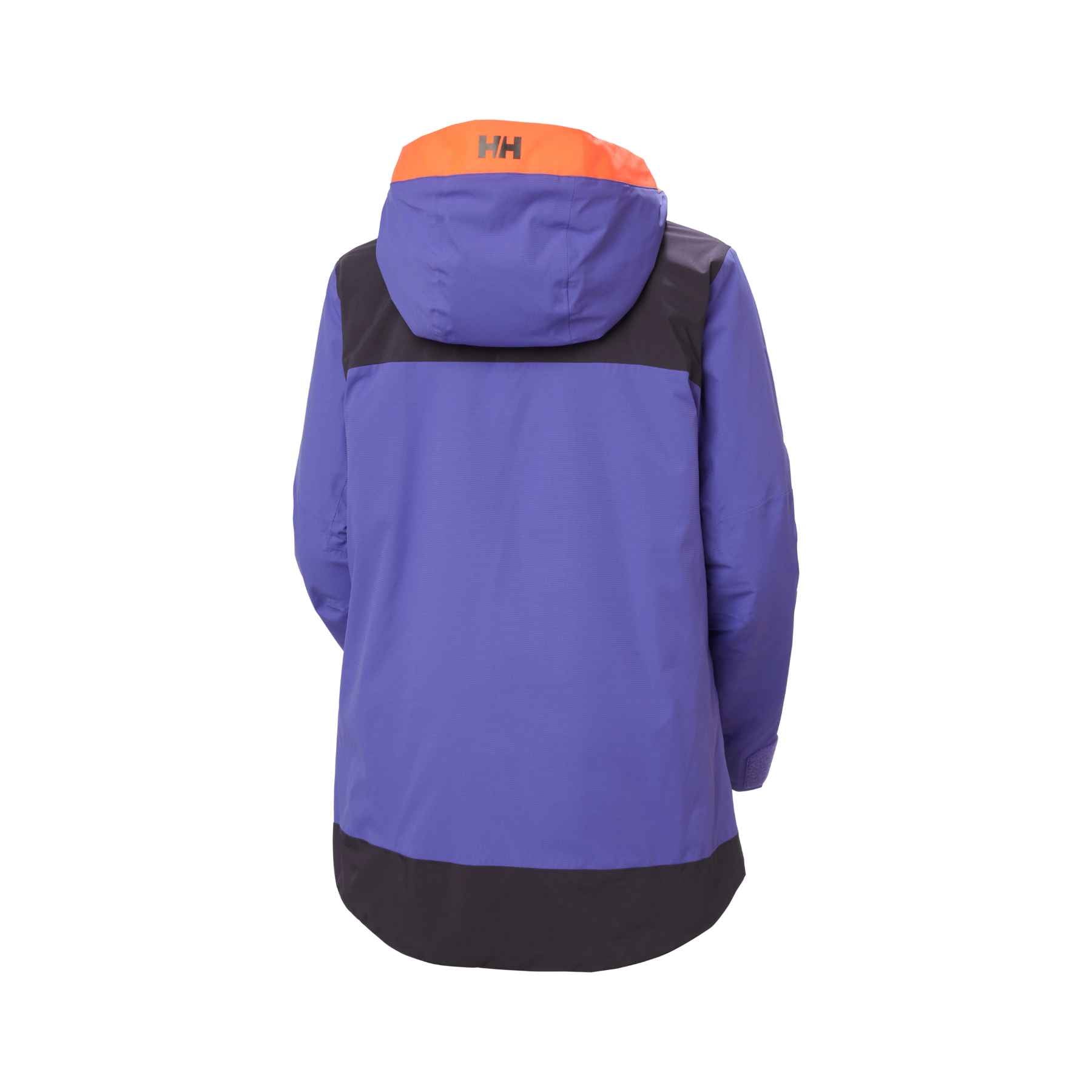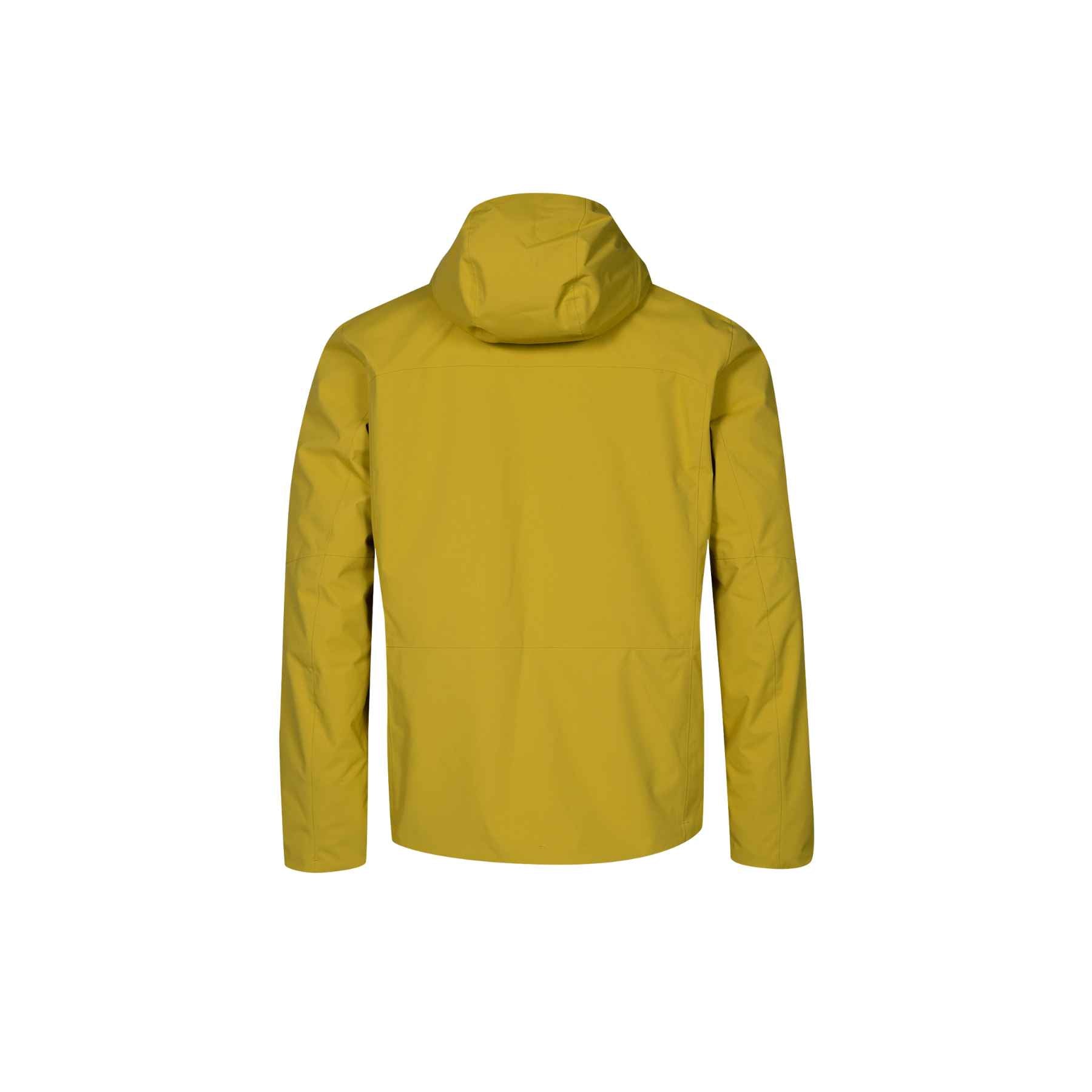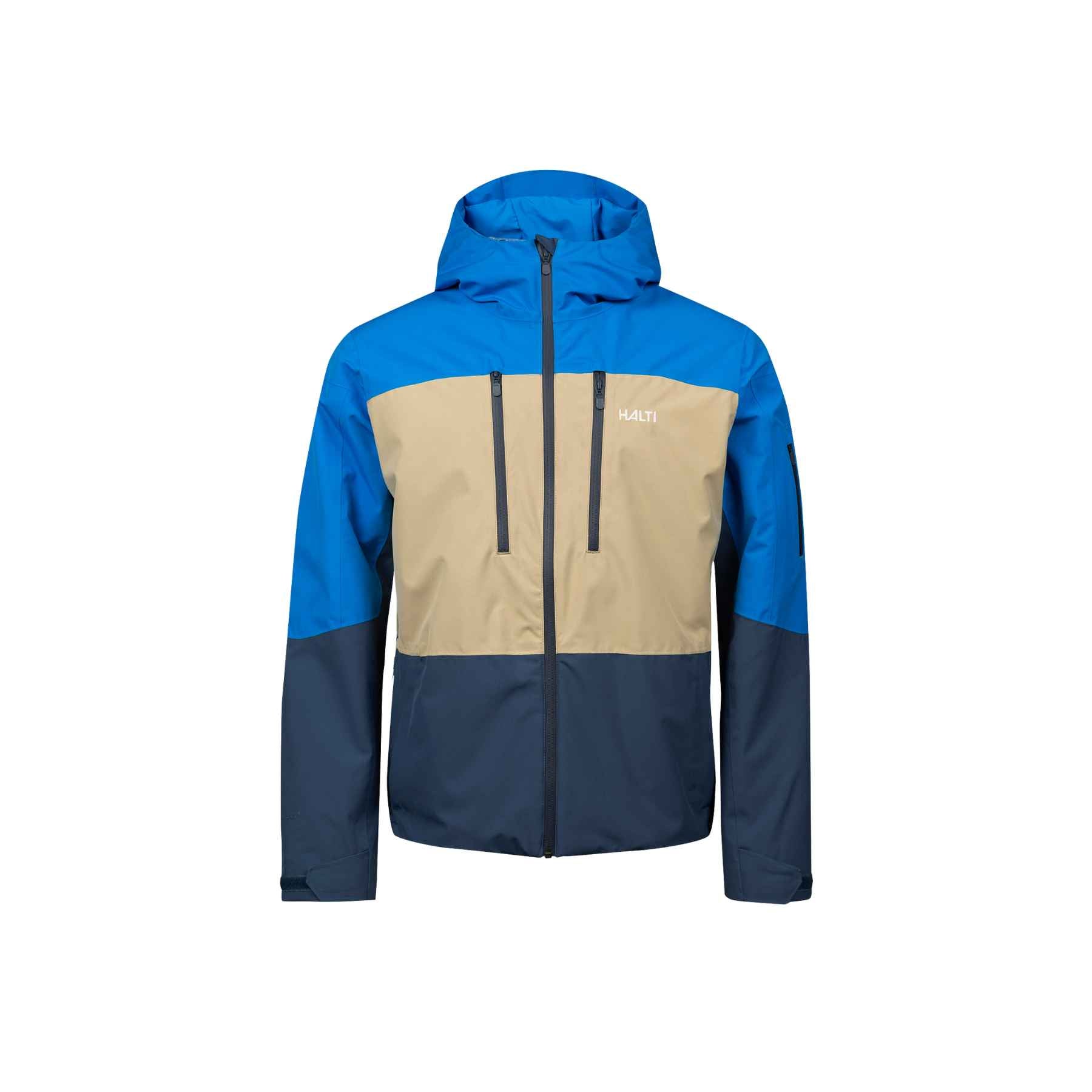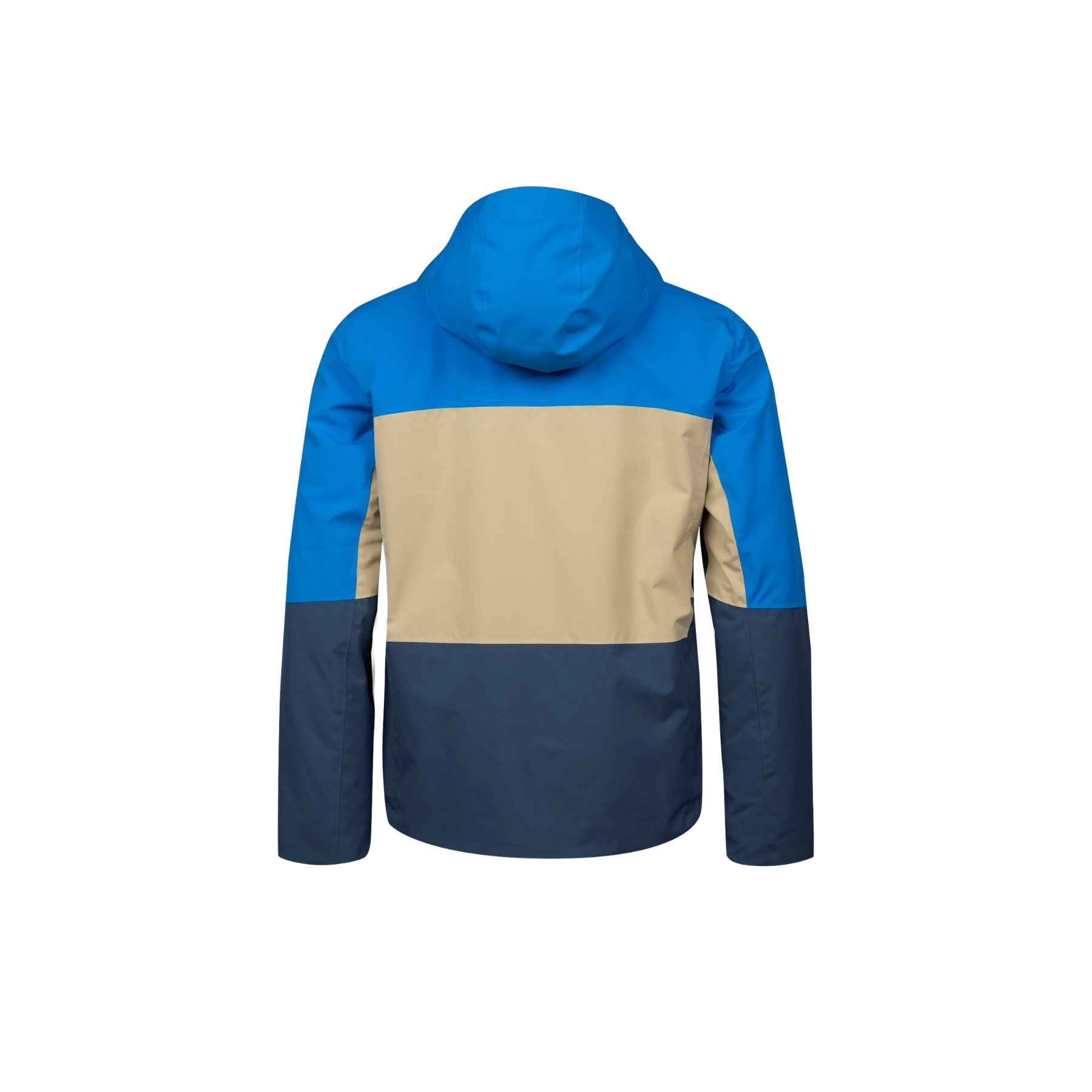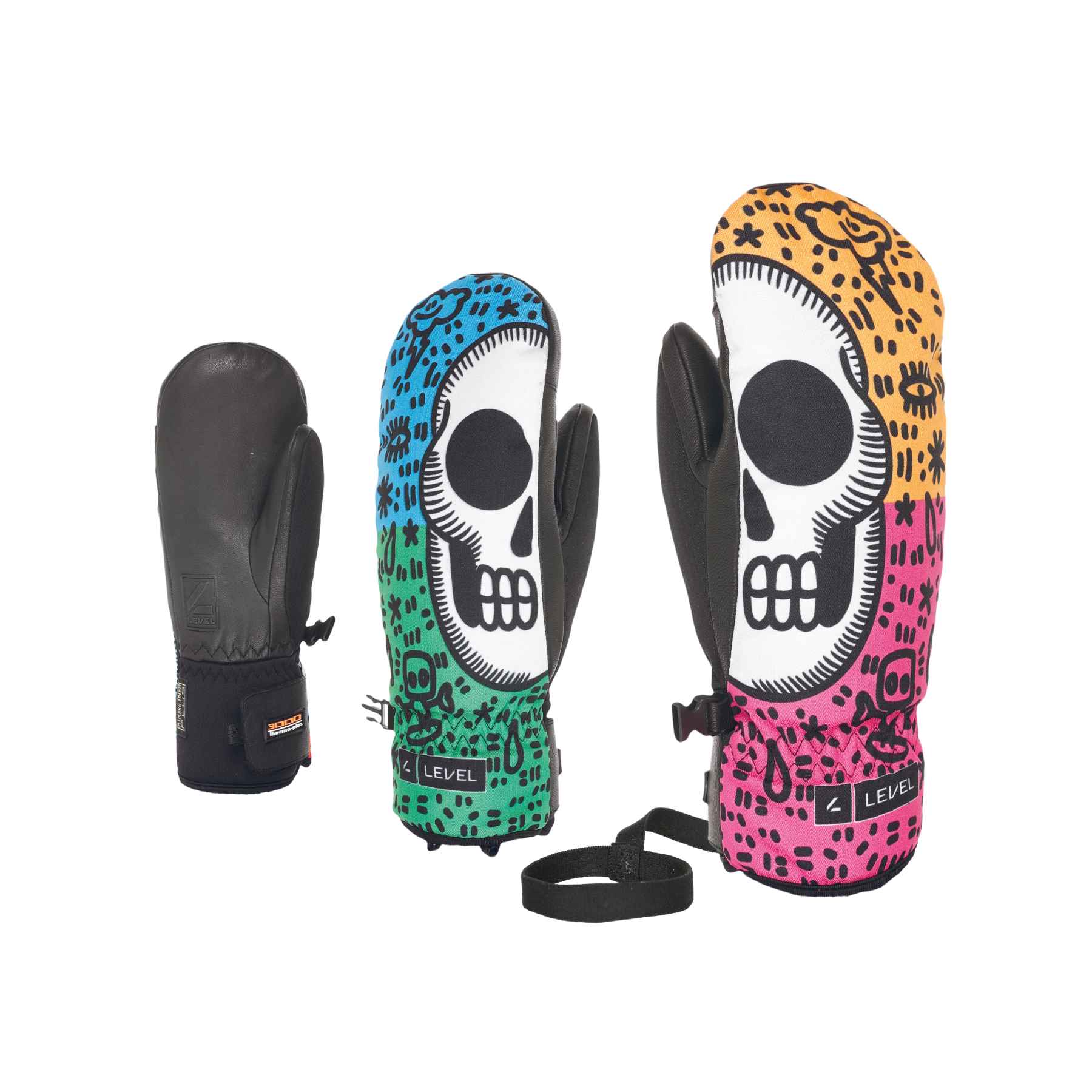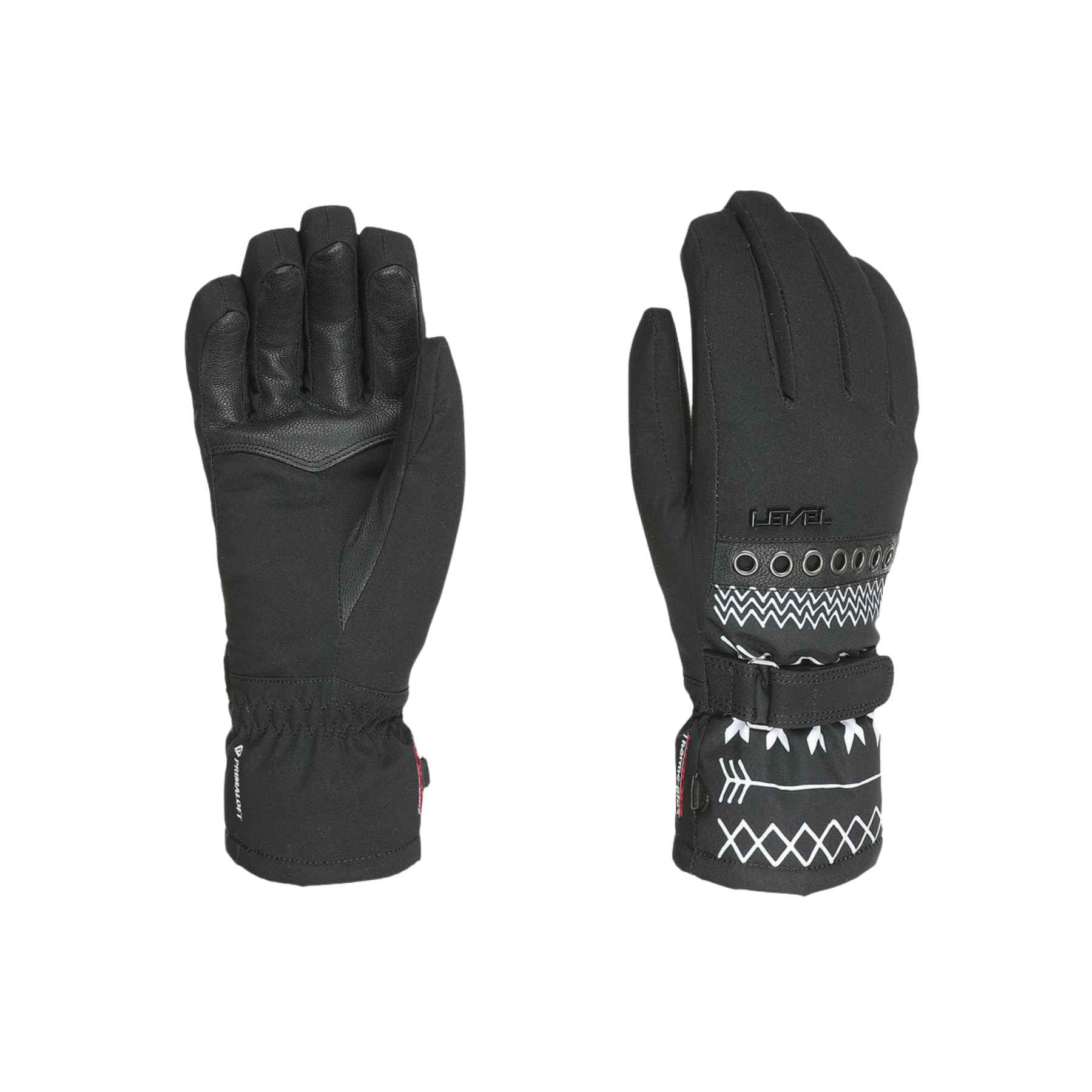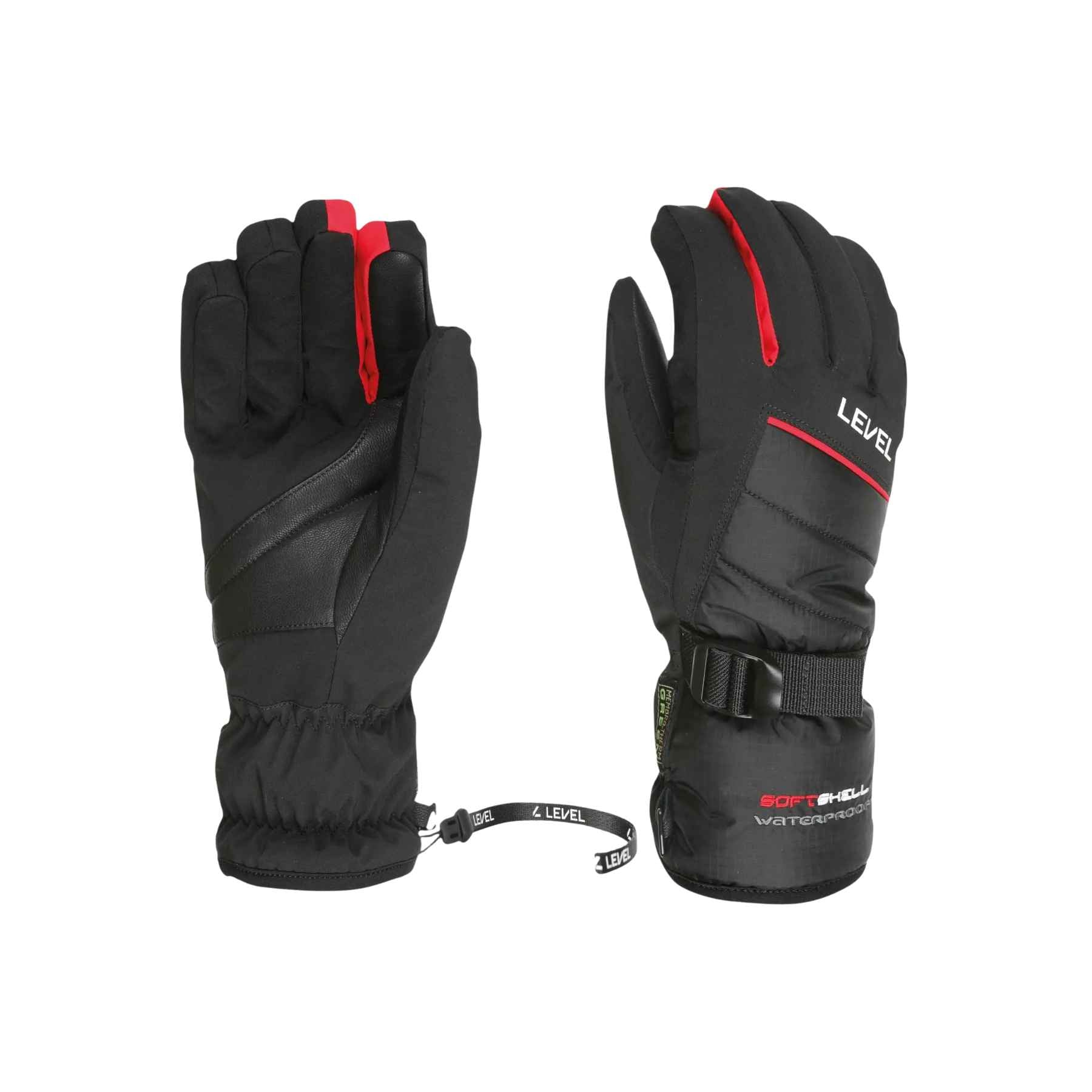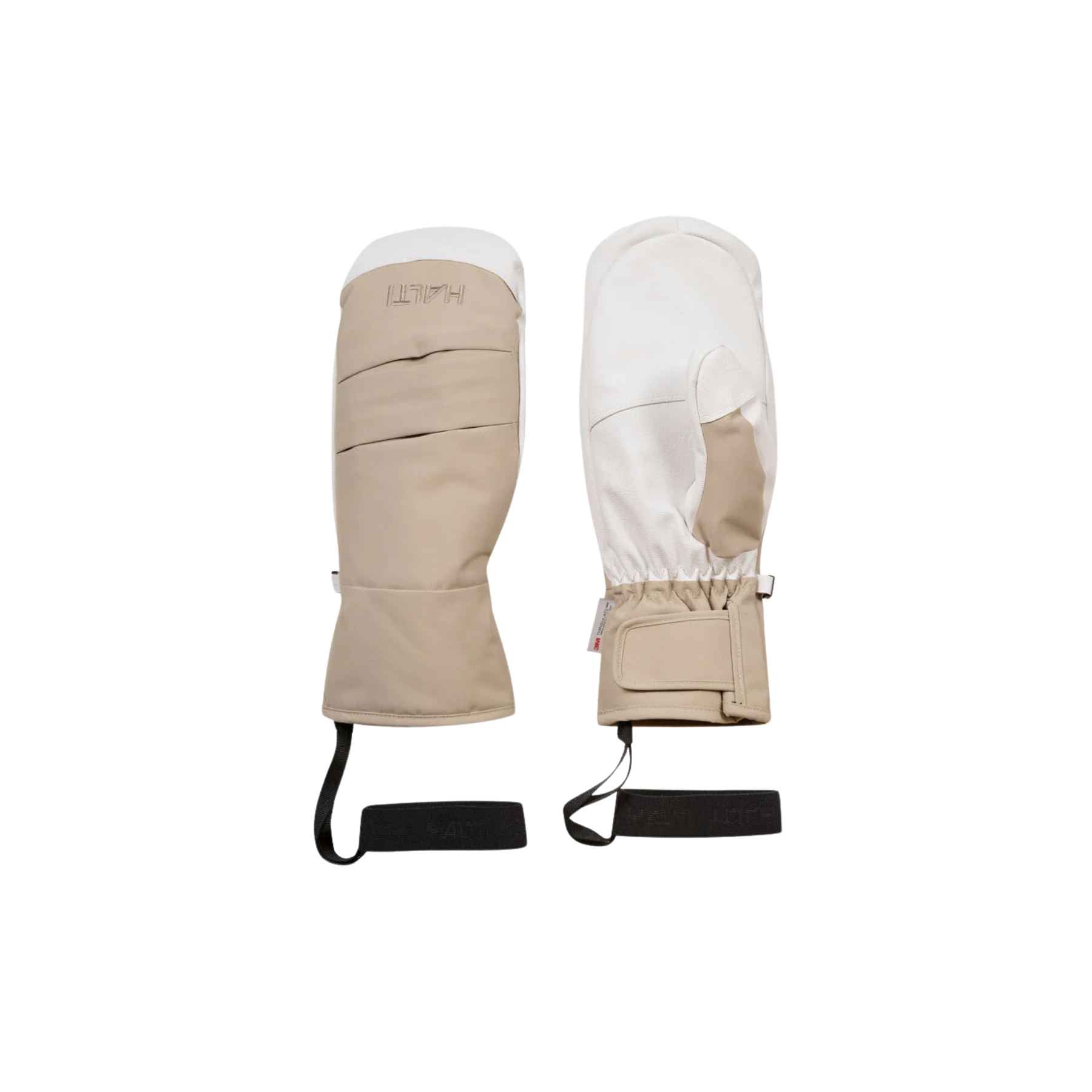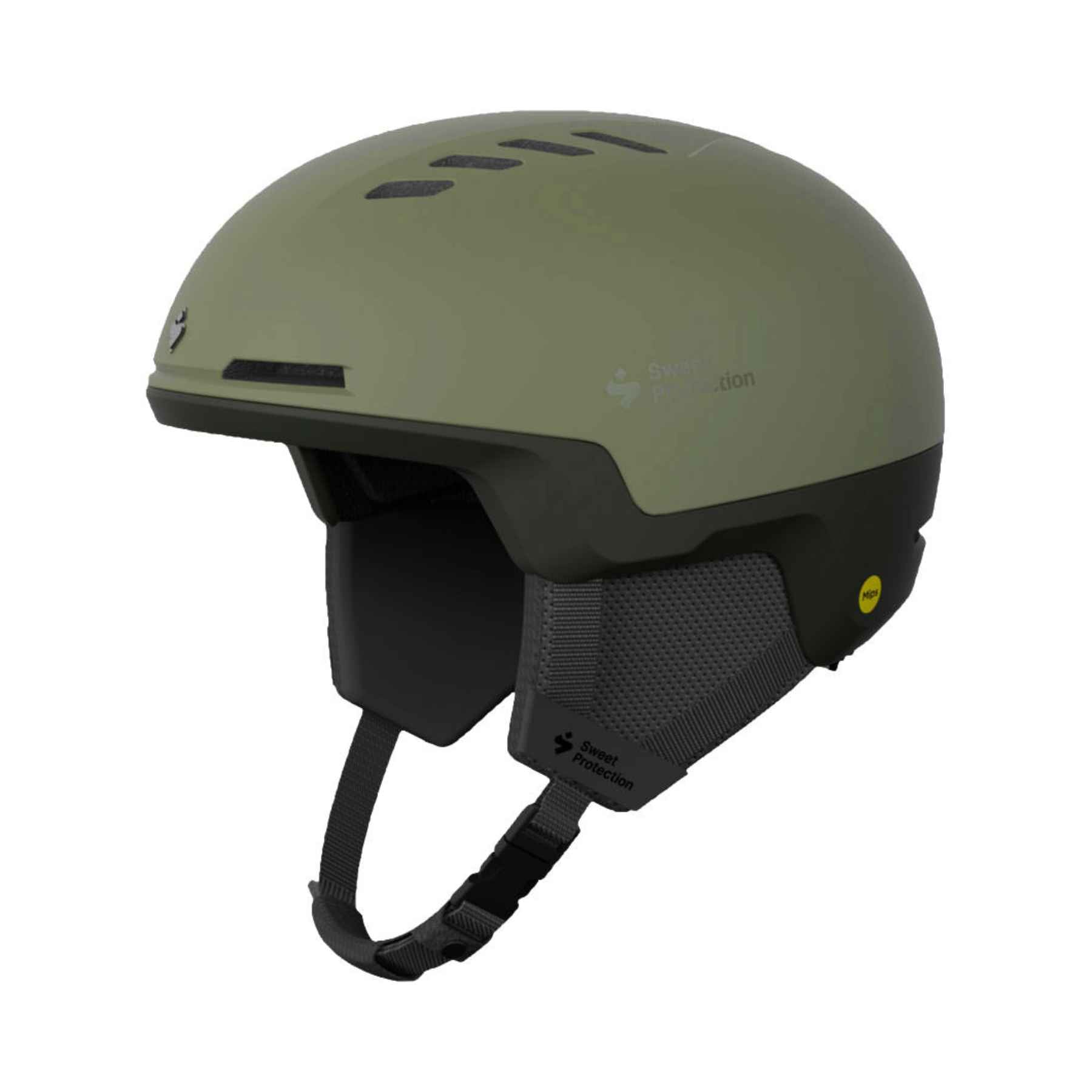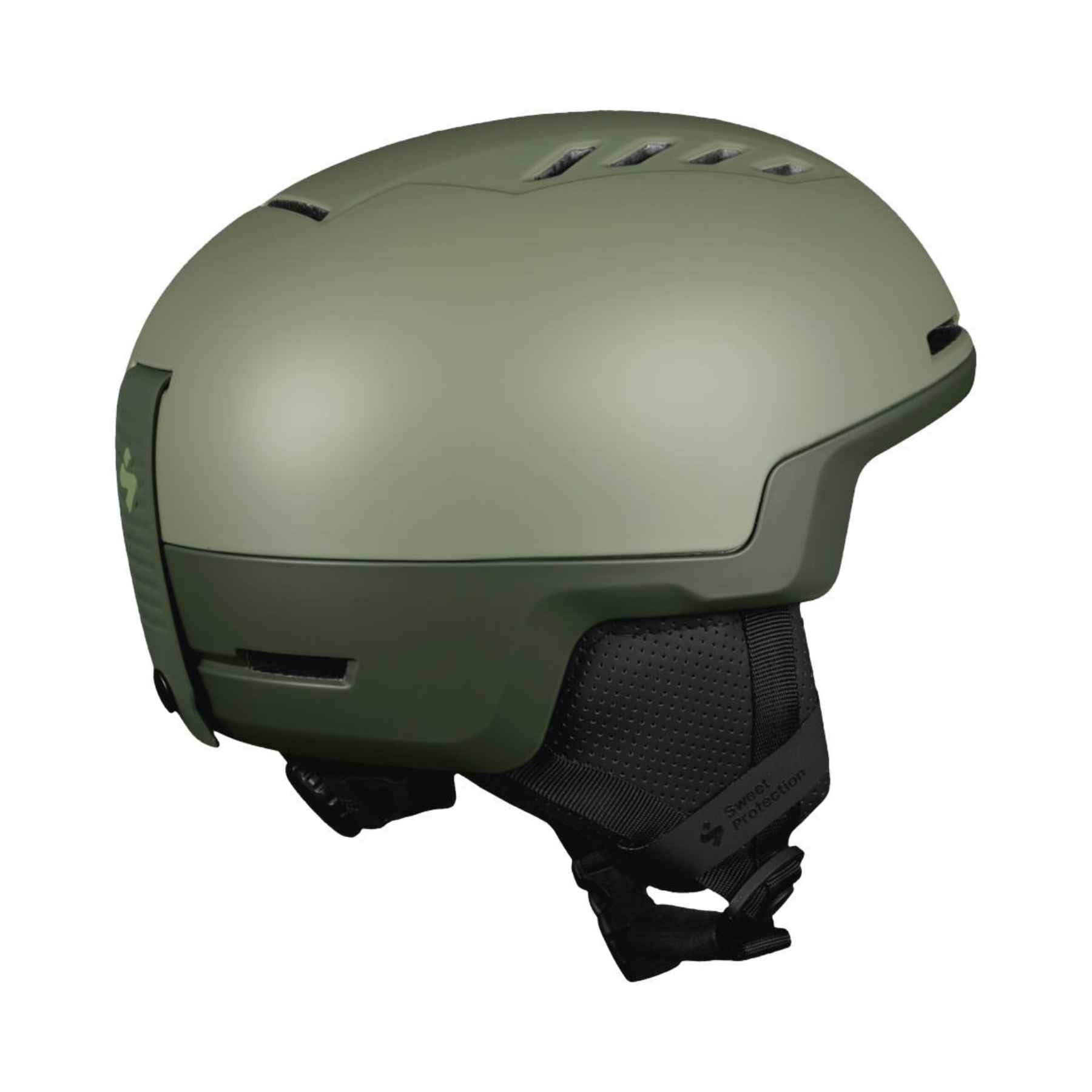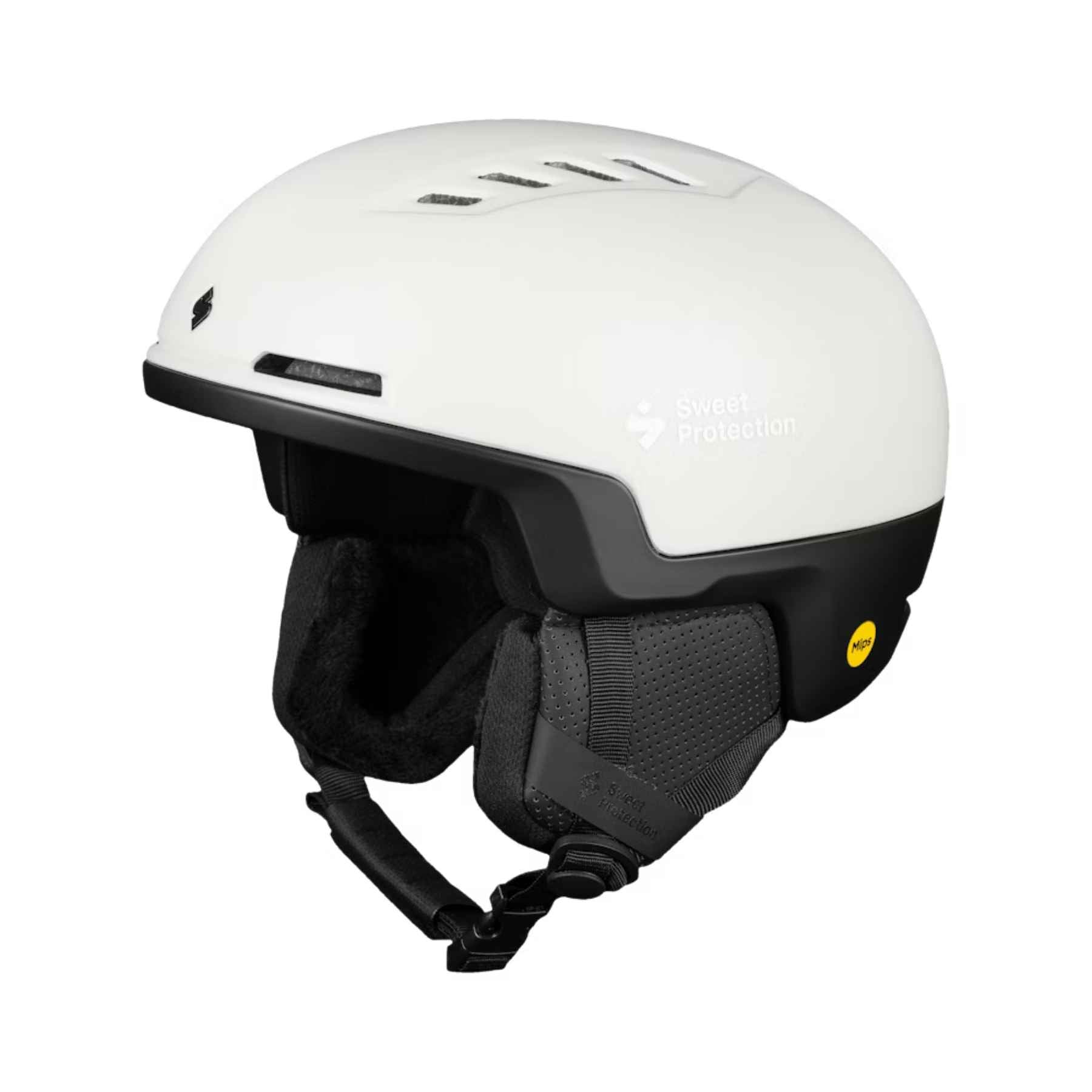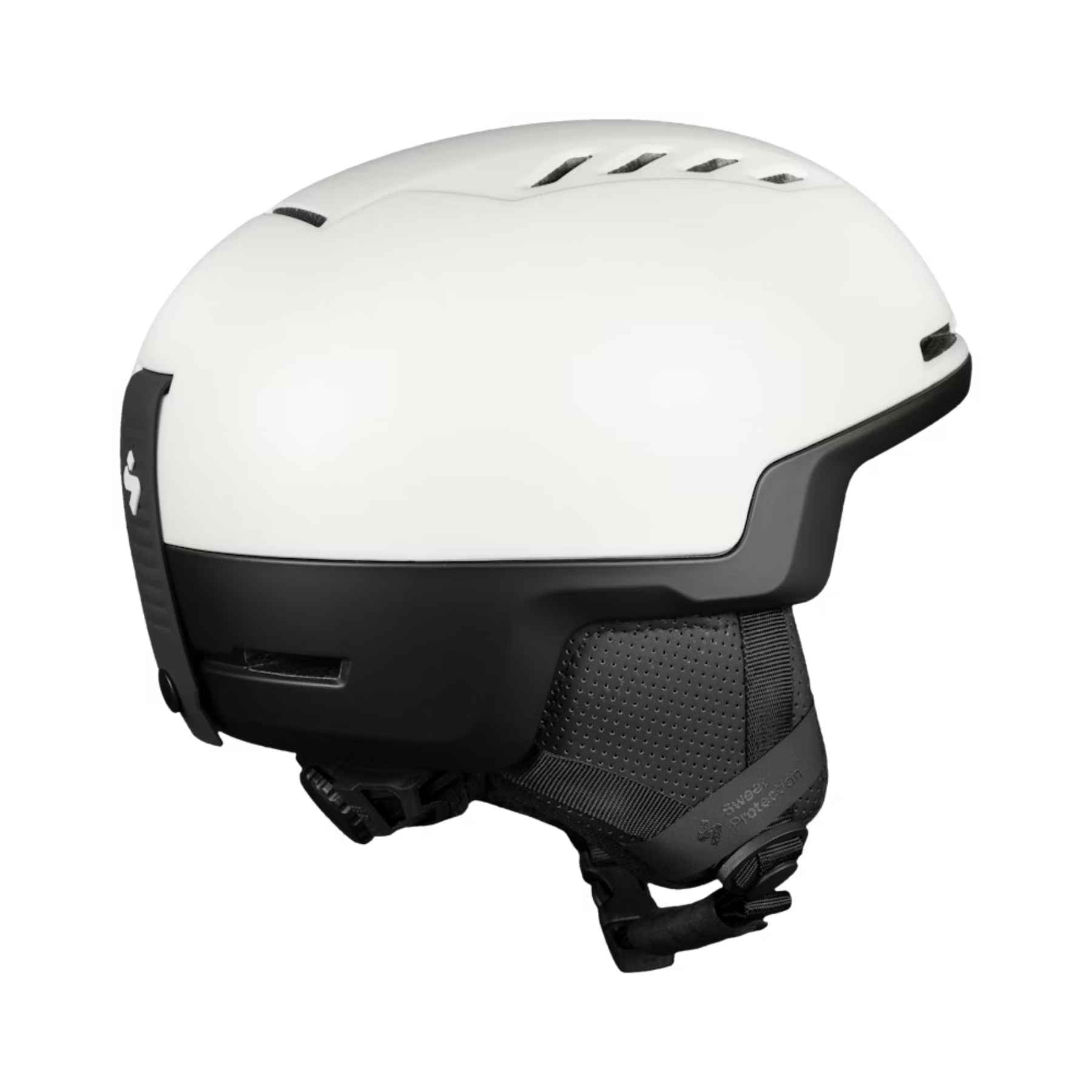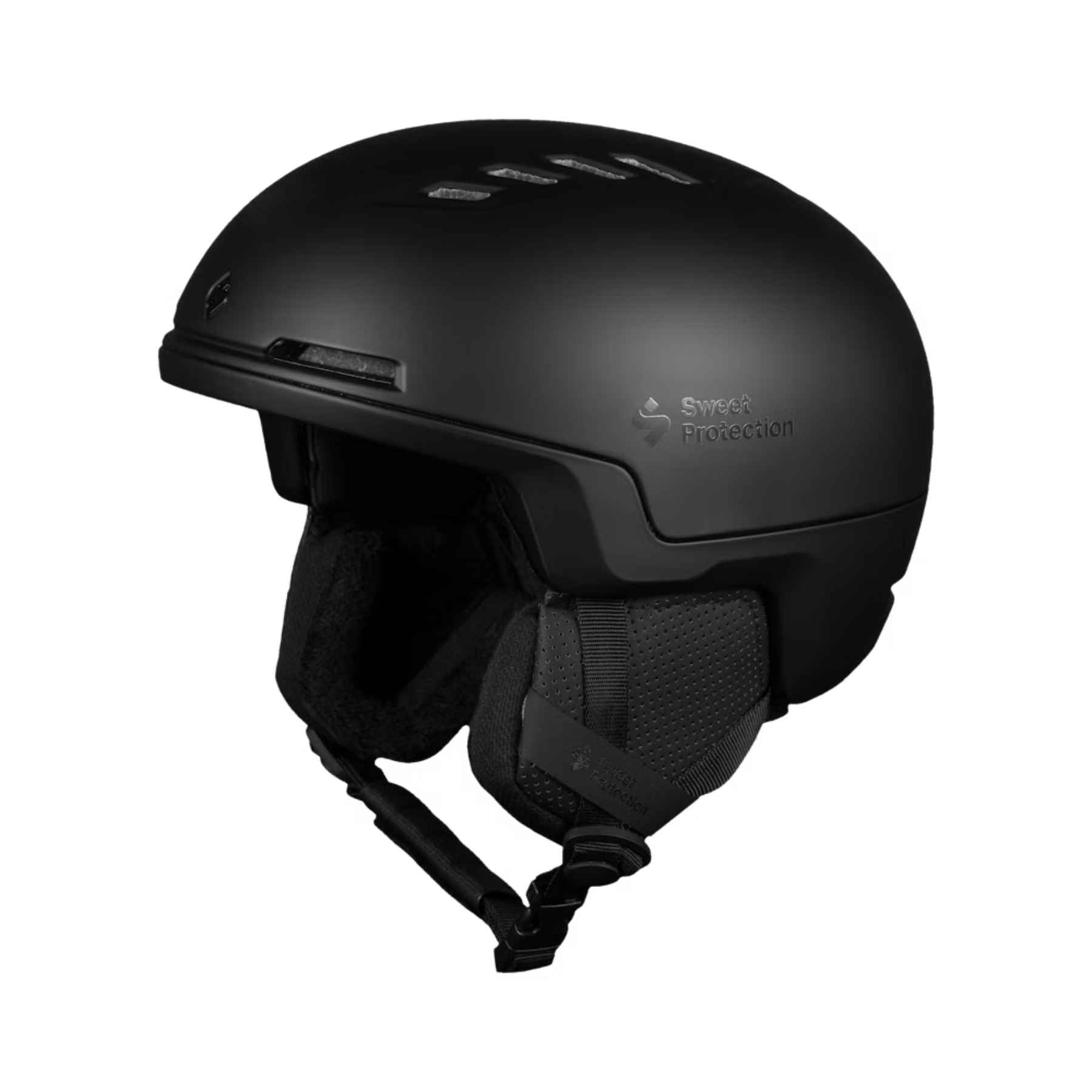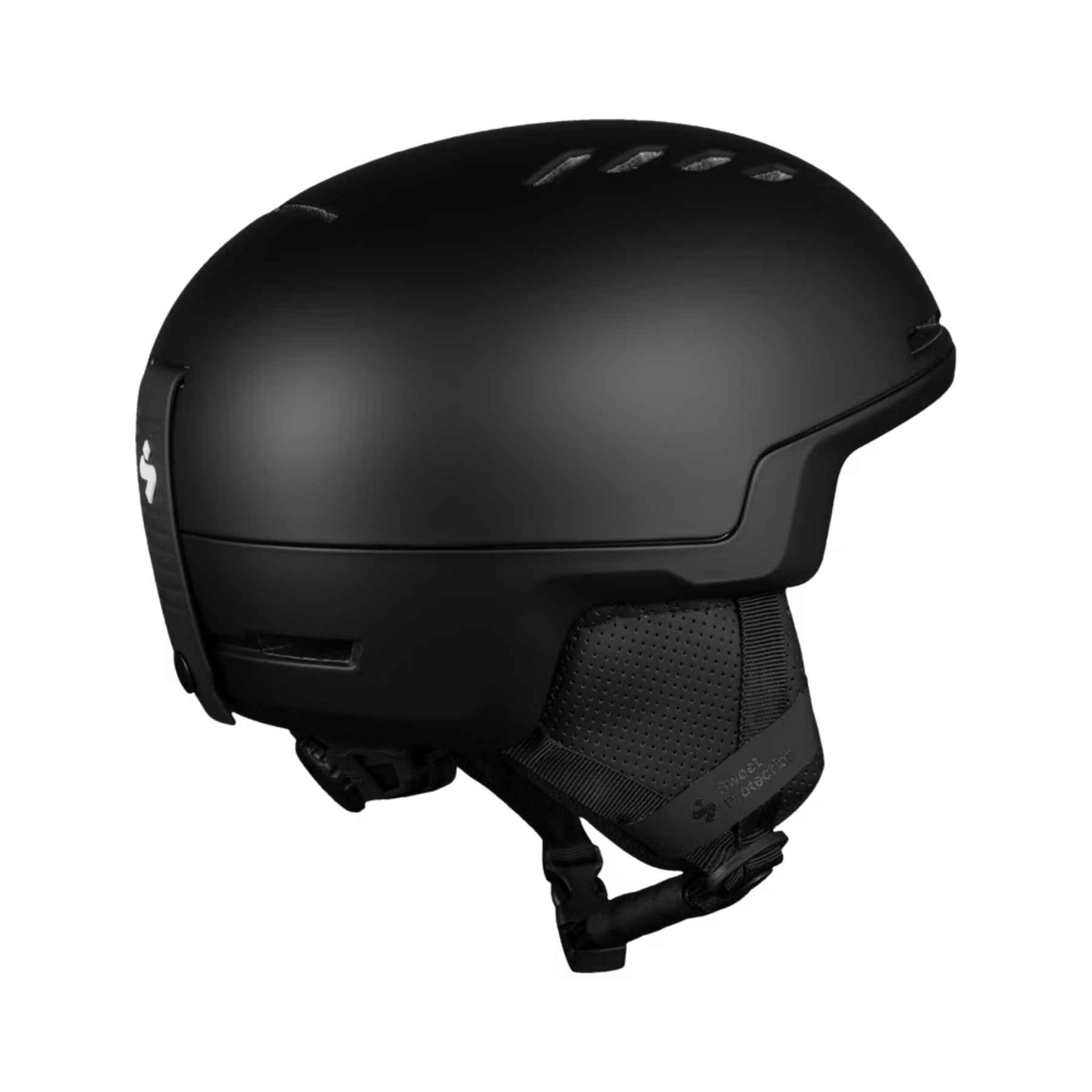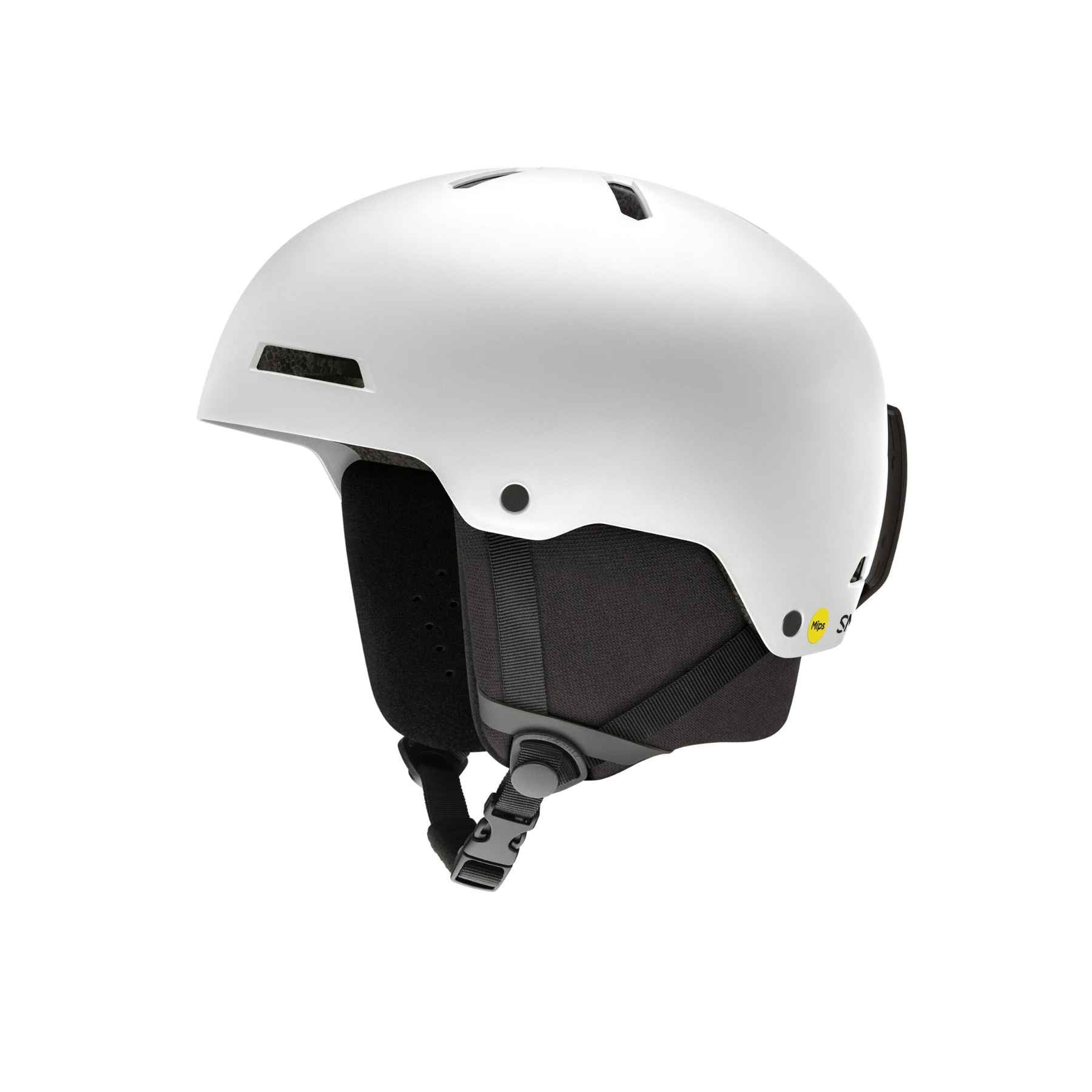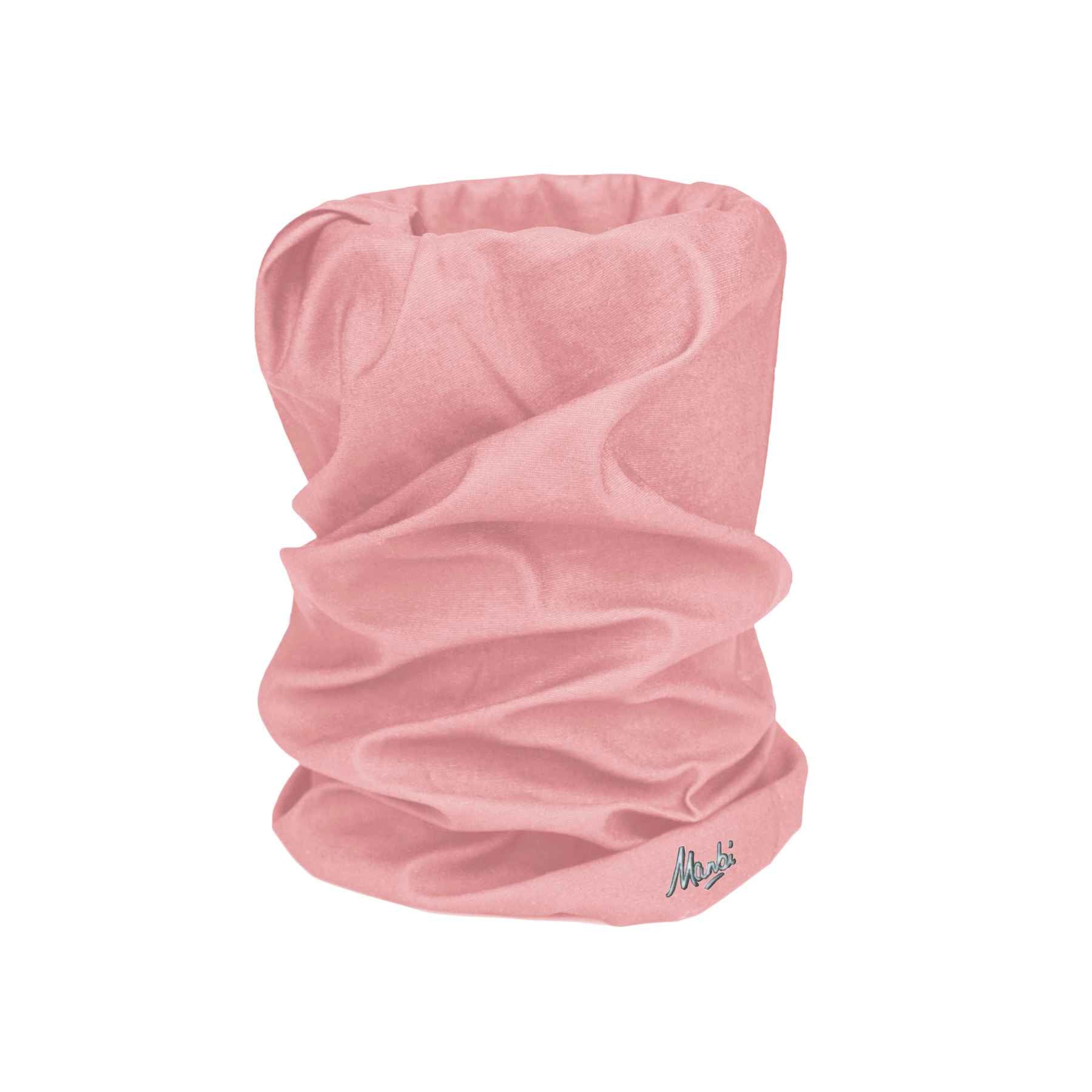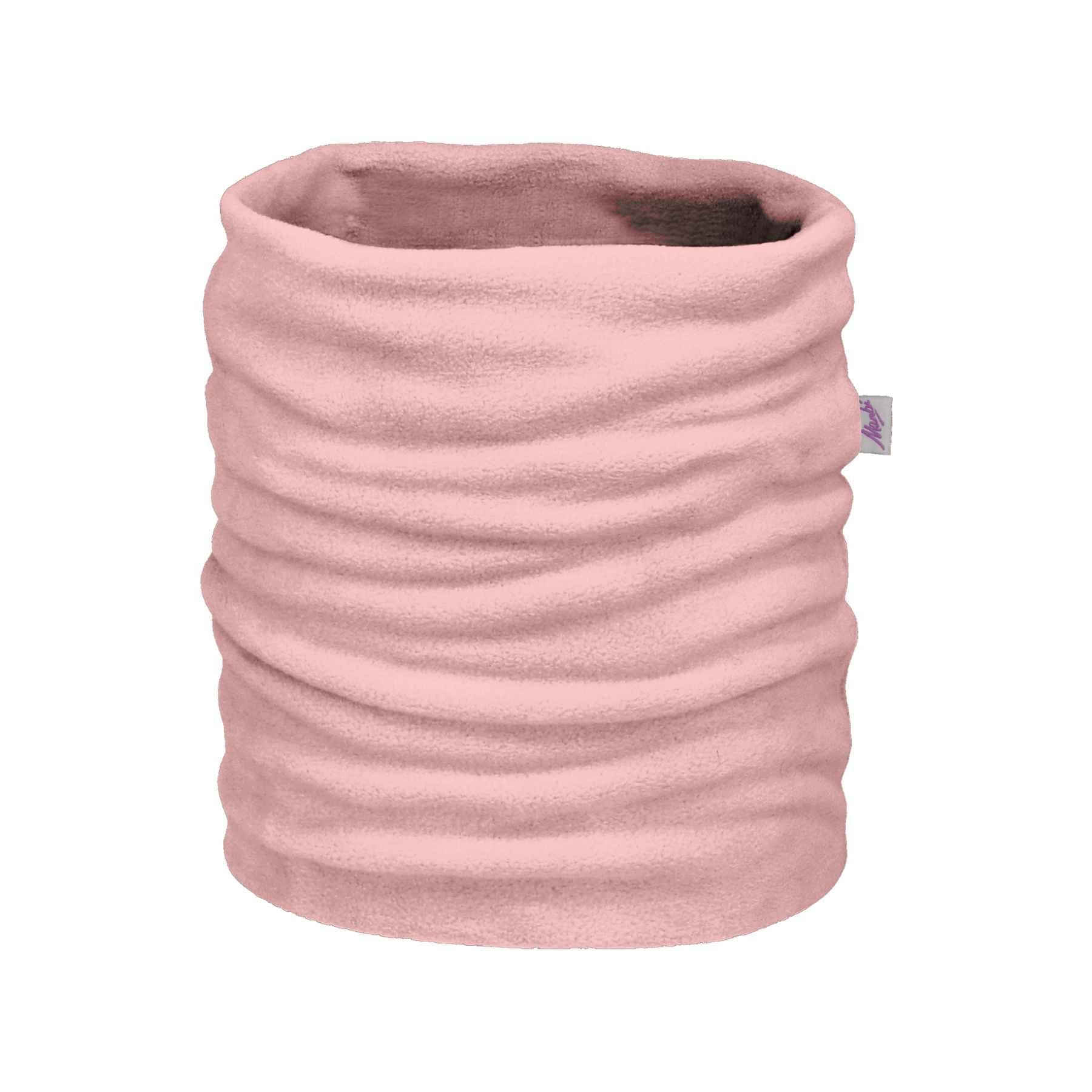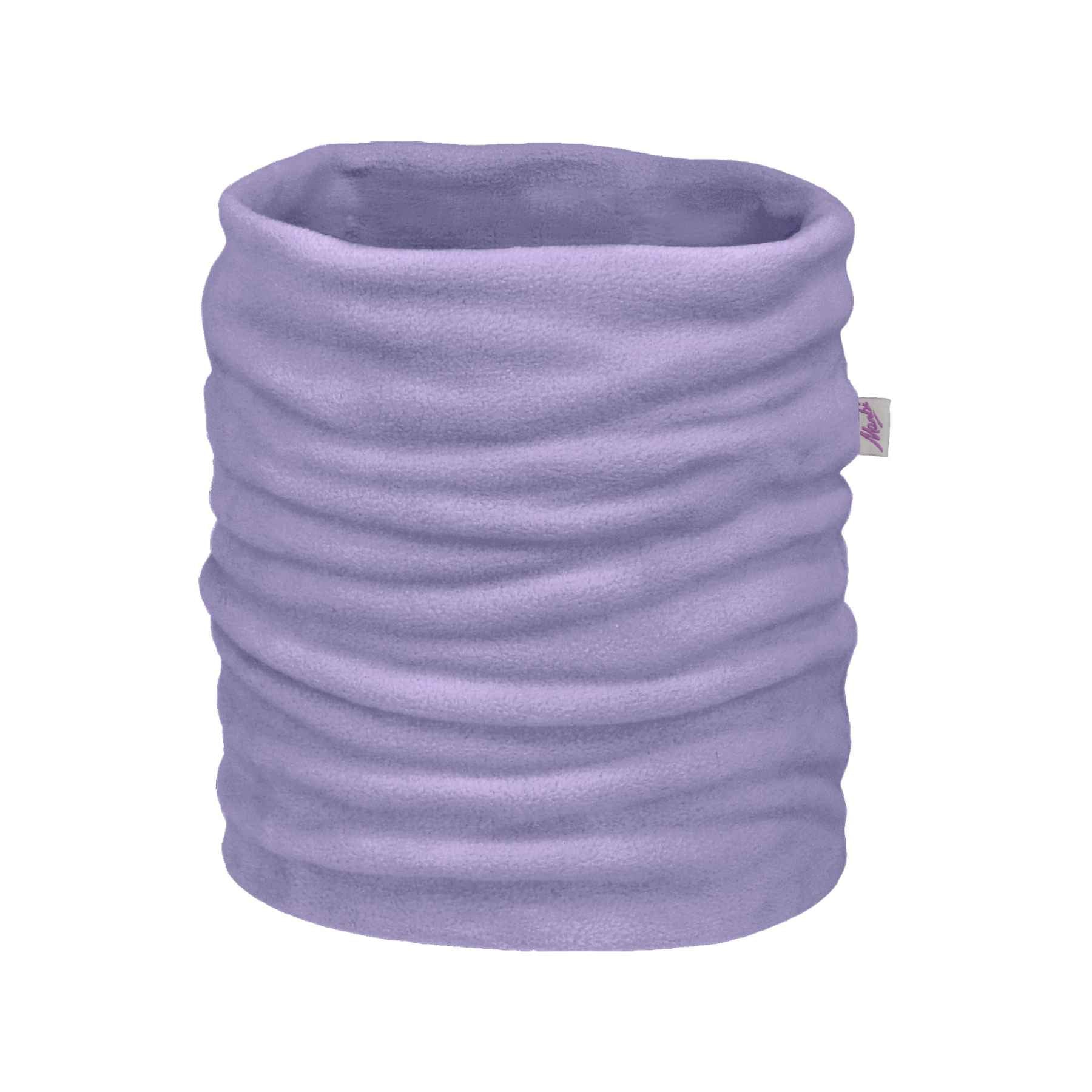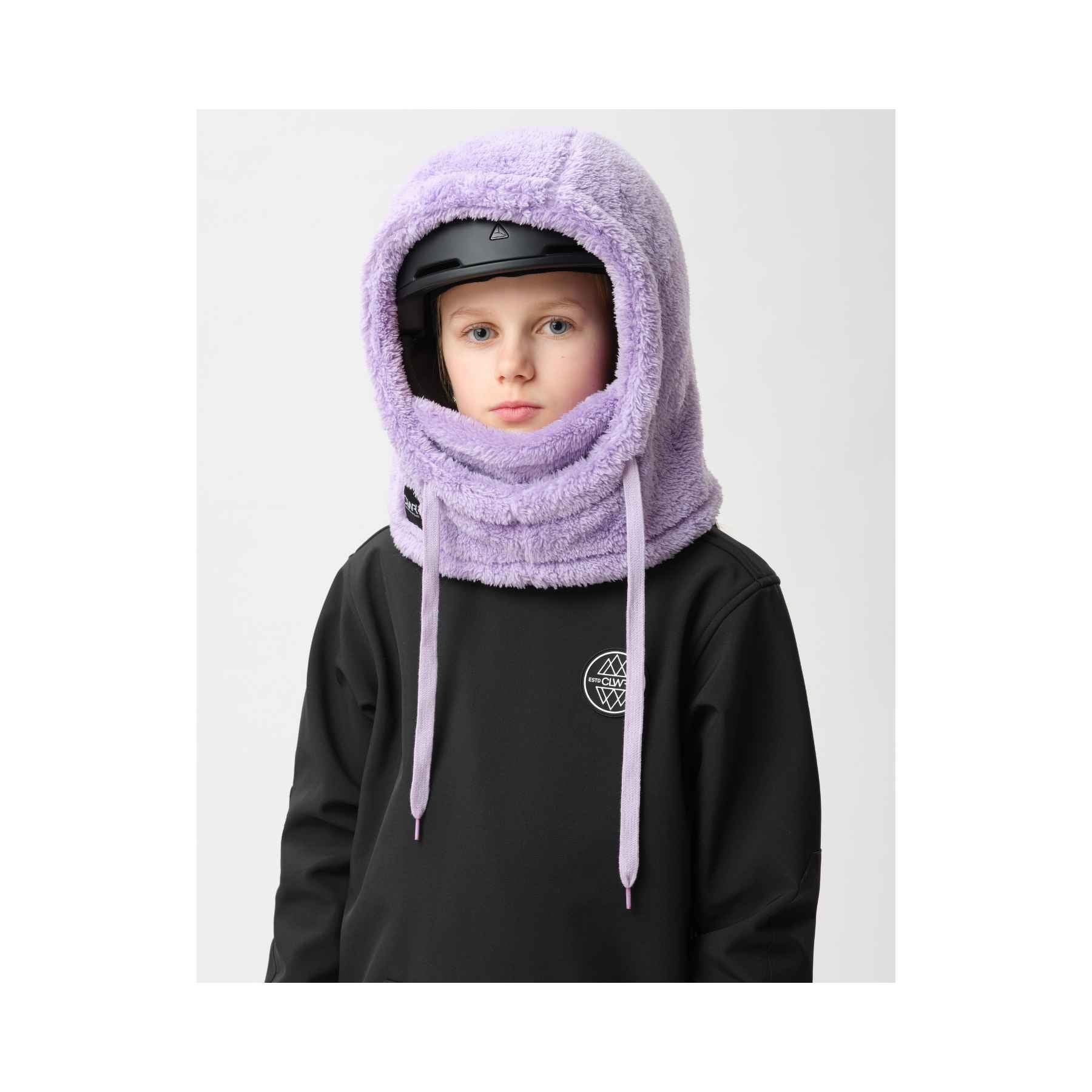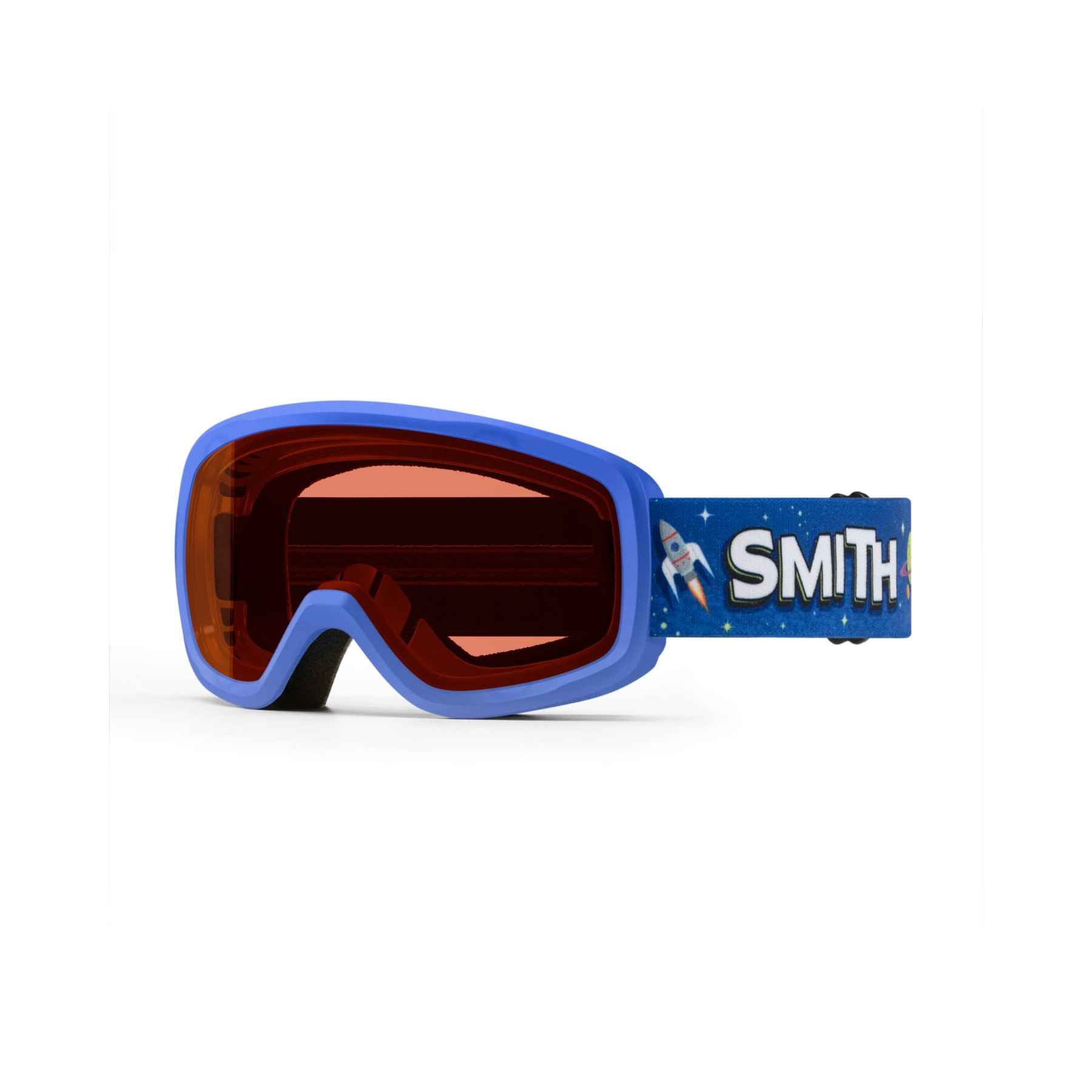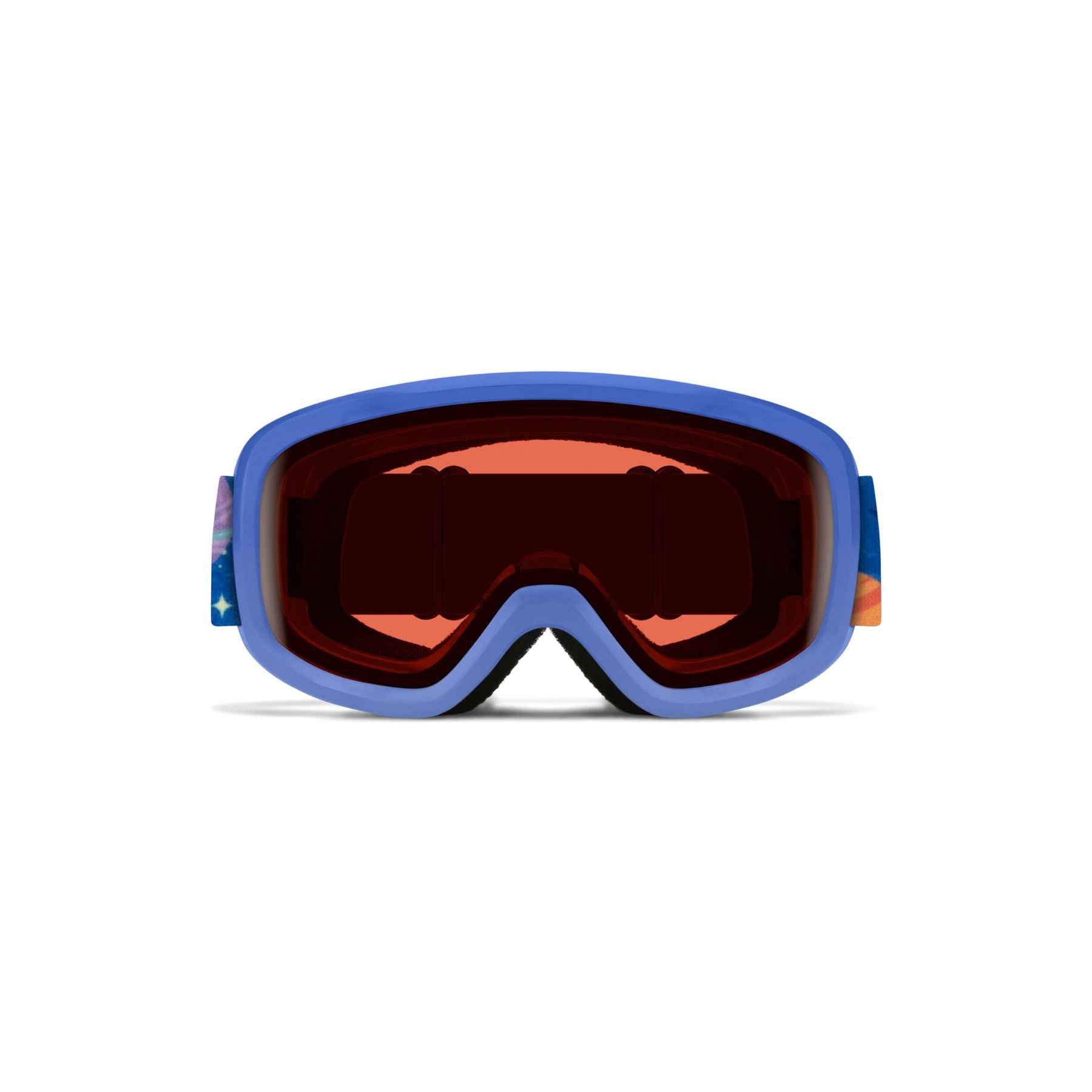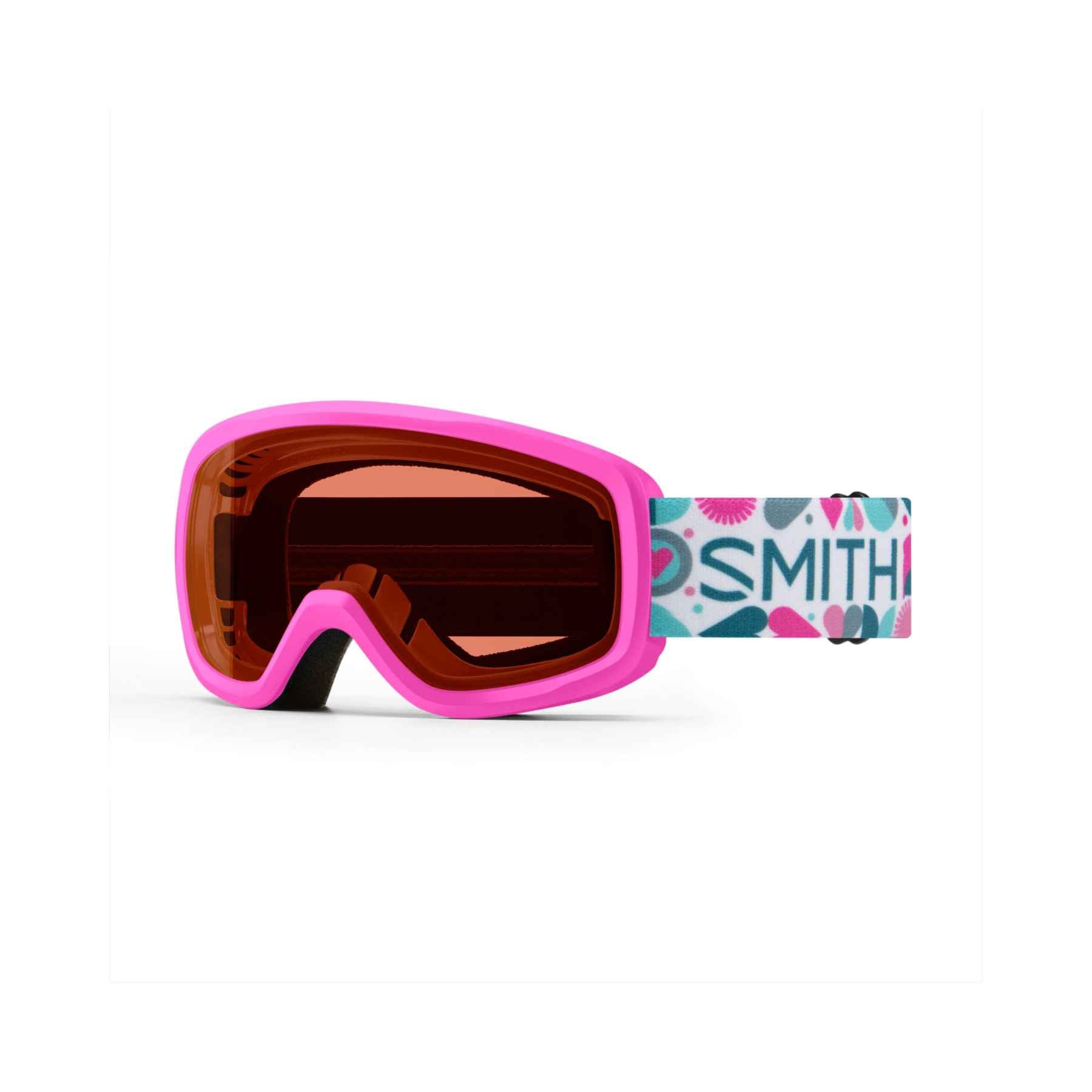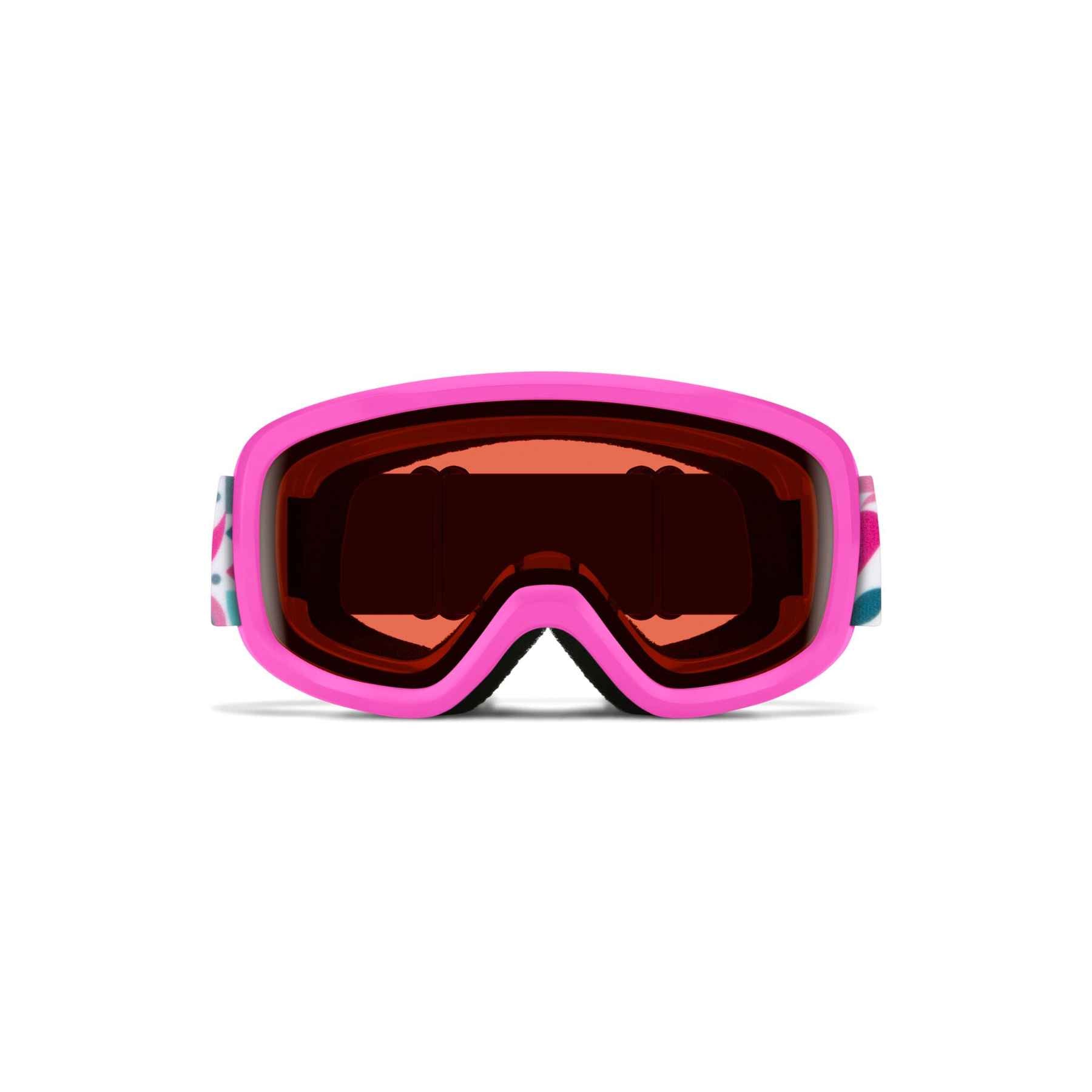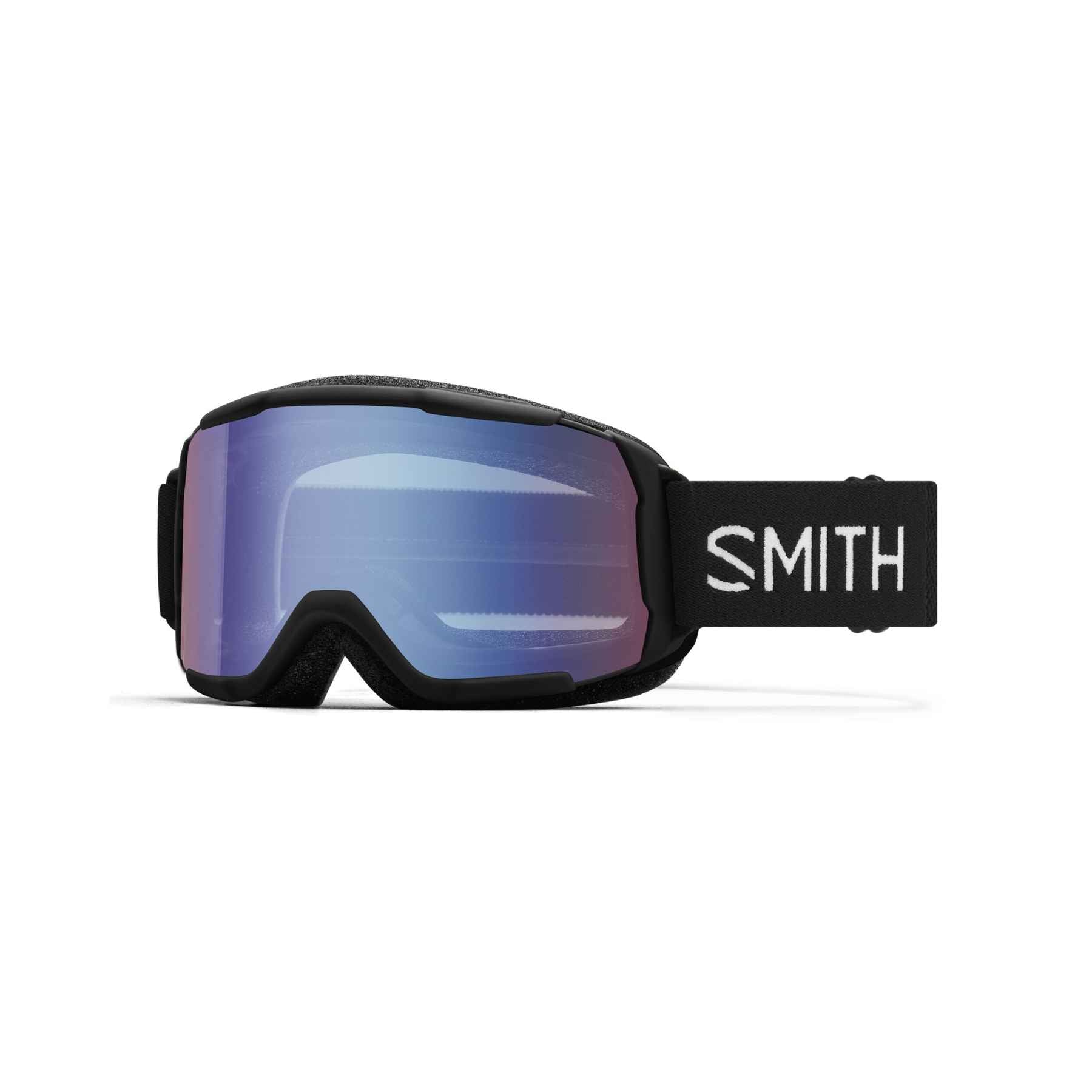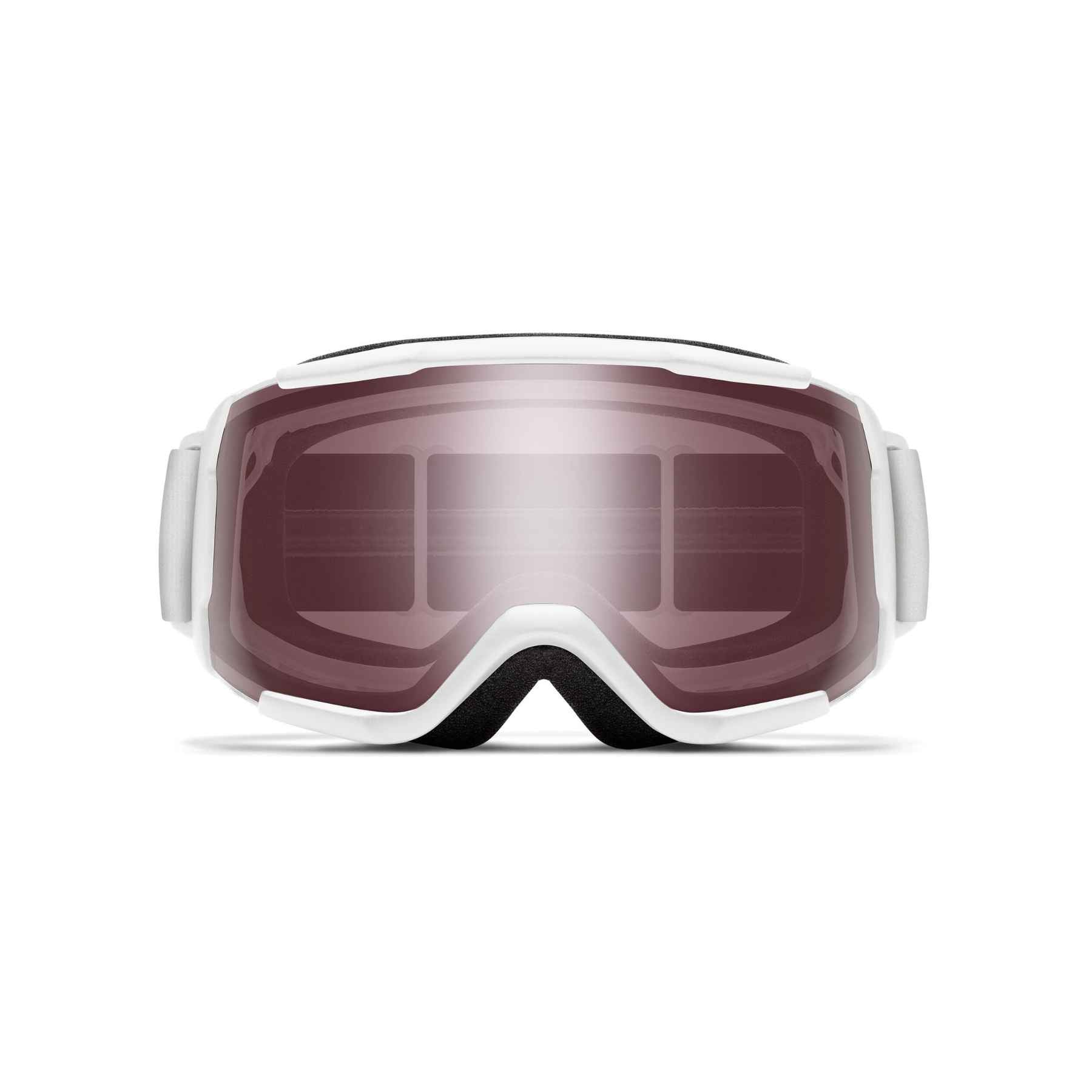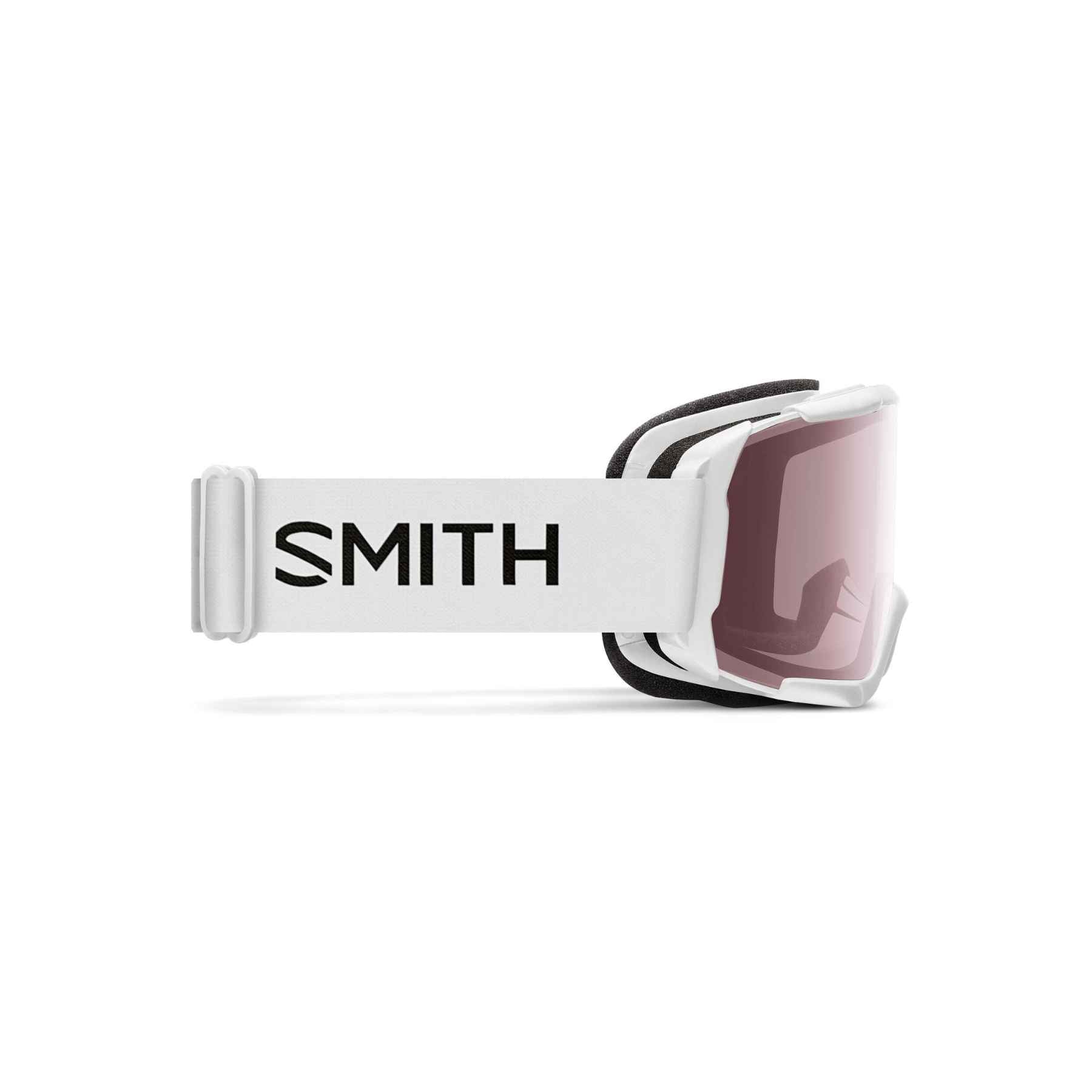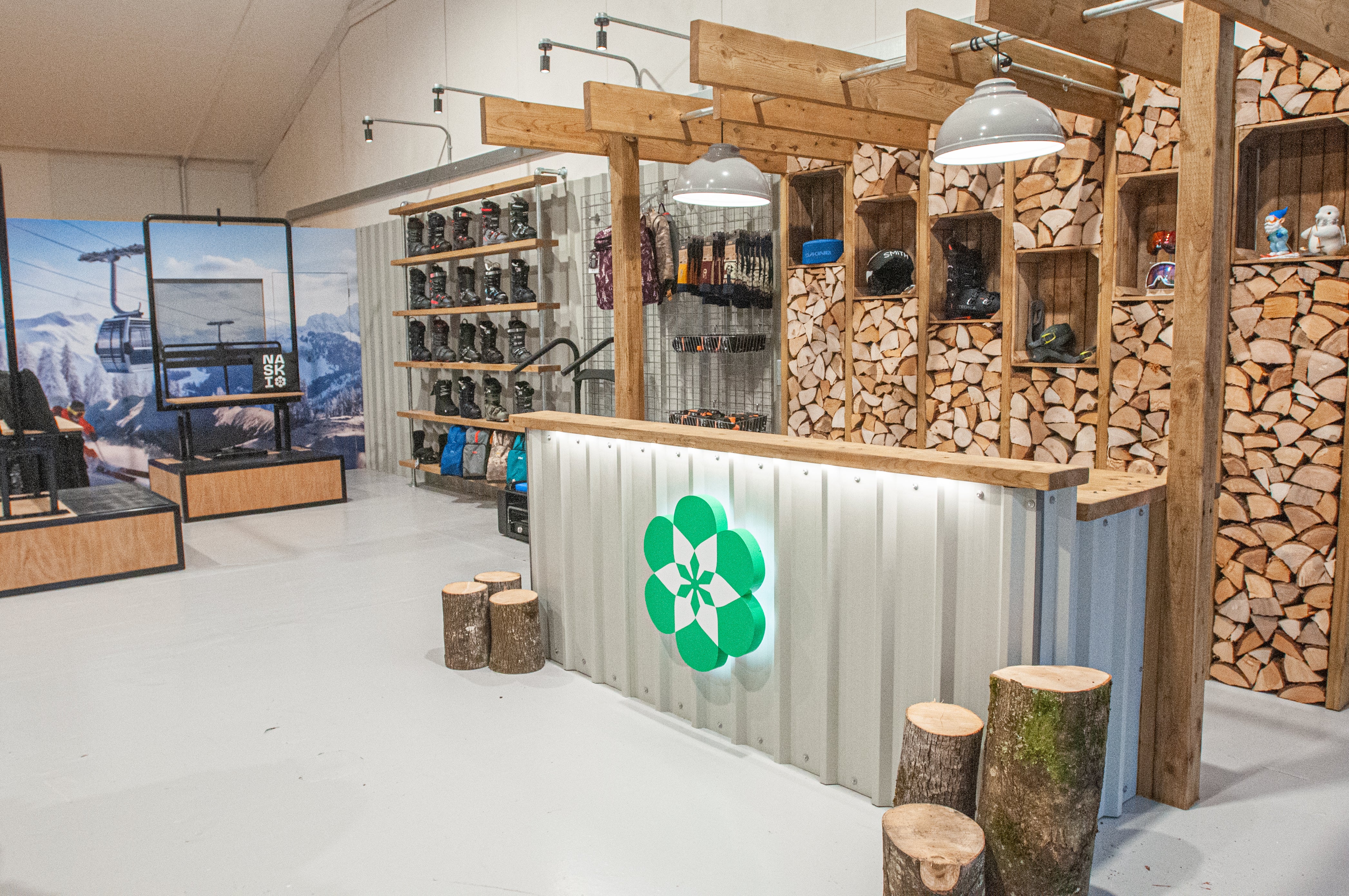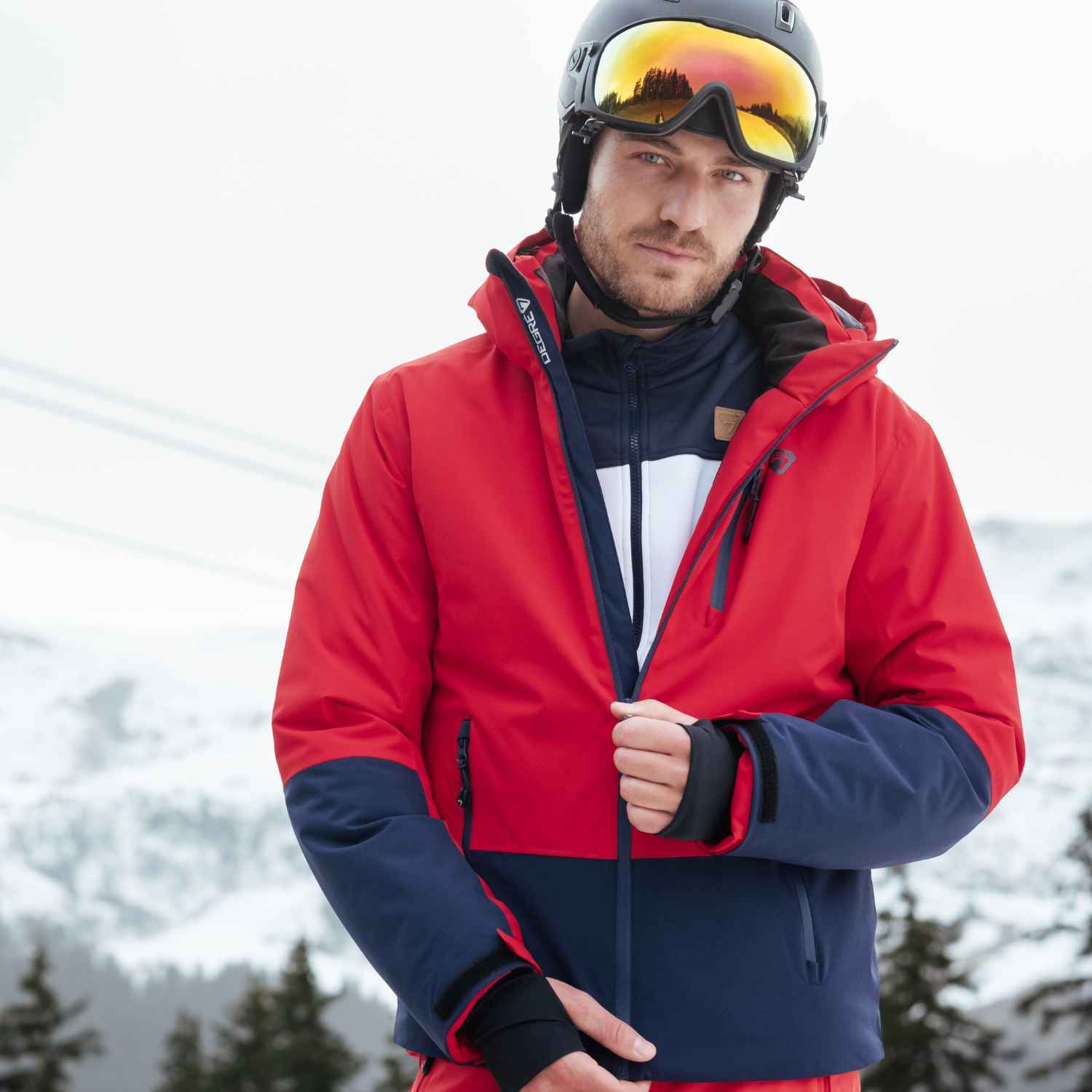
HOW TO LAYER FOR SKIING AND SNOWBOARDING
When considering what to wear skiing or snowboarding it's worth noting that the most effective way to keep warm and dry, whatever the weather, is to layer your clothes. This will allow you to adapt your clothing to the changeable mountain conditions. Most people will dress in three main layers: a base layer, a mid-layer and a ski jacket. Each layer has its own important job to do.
You don't need to wear all your layers, all the time. You can swap them out depending on the conditions and ensure you are comfortable at all times. If it's warm on the mountain, you can ditch the mid-layer and ski in your jacket and base layer. If it's freezing cold and snowing, then all three layers will be required.
If you tend to get a bit chilly, you could consider doubling up on your insulating layers to add warmth, without having to change your jacket. The key to good layering is to be flexible and adapt. If you ride with a backpack then extra layers can be carried with you, otherwise, you'll want to look closely at the weather forecast and layer appropriately to keep warm and dry.
Ski and snowboard base layers
A base layer is the first thing you put on, it's the base of your layering system. The main purpose of this layer is to wick moisture away from your skin. Skiing and snowboarding are active sports and although you're in a cold environment, you're likely to work up a sweat. If left unmanaged, this perspiration will sit on your skin and make you cold and clammy.
Ski and snowboard base layers are designed to draw this moisture away from your skin using either wool or synthetic materials. We're a fan of merino wool as it's a natural material, regulates your temperature well and is antimicrobial, so won't smell after a day on the slopes. You'll need a long-sleeved top and leggings. With your leggings, you can get full-length or ¾ versions. We particularly like the ¾ legging, as it means less excess on your legs (you don't want your leggings inside your ski boots). What you absolutely want to avoid is anything made of cotton as it won't wick moisture away. Instead, cotton traps moisture and will get wet, which will lead you to be cold and damp.
Ski and snowboard base layers come in a variety of thicknesses depending on the conditions they'll be used in and your activity level. If you tend to ski less and enjoy a drink or two on the mountain, then you might wish to invest in a thicker base layer. If you ski non-stop, or maybe ski tour, then a thinner layer could be more suitable. Remember, base layers are fantastic for the British winter, so don't pack them away in the attic when you get back from the slopes.
SHOP BASE LAYERS
What socks should you wear for skiing and snowboarding?
Your socks have an important role: to keep your feet dry and comfortable. Just like your base layers your ski socks need to wick moisture away from your feet, which will help to keep them warm during a day on the slopes. Ski and snowboard-specific socks are made from similar fabrics as your base layers such as merino wool or synthetic fibres.
Your socks need to be a snug fit, you don't want any material bunching as this will lead to rubbing and ‘hot spots' in your boots and can quickly ruin your time on the slopes. Ski socks tend to be thin, with extra material in key areas, such as the shin and around the ankle bones, which will give more comfort. Snowboard socks tend to be a little bit thicker. Some socks will have extra insulation in the toe box and are designed to promote blood flow.
Shop ski & snowboard socks
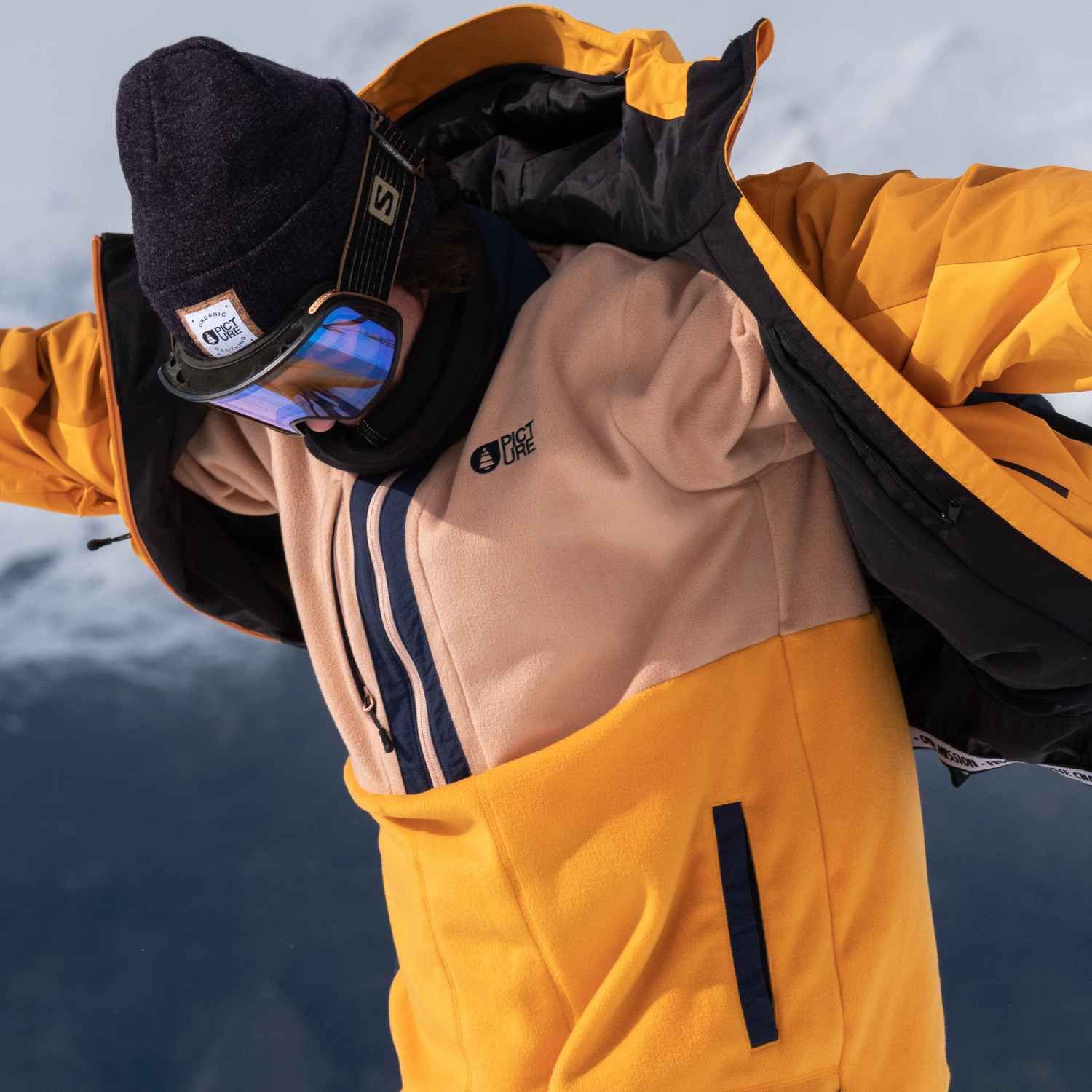
Ski & snowboard mid layers & insulation
The next layer you'll wear is an insulating layer. The purpose of this layer is to keep the cold out and keep your body heat in. There are many different styles of mid layers, ranging from thin fleeces to heavy down jackets, designed to keep you warm in the coldest conditions. Your mid layer will have the biggest effect on your temperature. If it warms up during the day, then switch to a thinner option, or take it off and store it in your backpack. If you're finding yourself getting cold, then add another layer, or swap to a thicker, more insulating layer. Many people already own a puffy jacket and this can be a good option to add extra warmth. You just want to make sure it's not overly thick and bulky. Remember it needs to fit comfortably under your ski or snowboard jacket and doesn't restrict movement. Again, you'll want to avoid cotton as this will trap moisture and you'll end up wet and cold.
shop mid layers & insulation
Ski & snowboard jackets & pants
The last layer you want to consider is your outer layer, made up of a jacket and pants. This tends to be the most expensive piece of ski gear, as it is designed to keep you warm whilst being breathable and waterproof. It's worth spending a bit here as these outer layers are the most important for protecting you from the elements.
Ski jackets and pants are designed to be waterproof, breathable and wind resistant. They will keep moisture from the outside (snow and rain) from getting in, whilst at the same time allowing the moisture from your body (sweat) to escape. Your jacket and pants work in conjunction with your other layers to move sweat away from your skin which will keep you dry and warm.
Jackets and pants are typically rated in three ways: waterproofing, breathability and insulation. The higher the rating then the more waterproof or breathable the jacket or pants is. As a rule, we don't stock jackets or pants with a rating of less than 10k/10k as we believe anything less isn't suitable for the harsh mountain conditions you might encounter. Typically an outer layer has a waterproof and breathability ratings between 10k and 30k. As the rating increases, so does the price.
Insulation has come a long way in the last couple of years. Now many ski jackets use lightweight synthetic insulation to keep you warm without adding additional bulk to a jacket. PrimaLoft insulation is an example of a lightweight but highly efficient insulator. Some people prefer a waterproof shell jacket, as it allows them to better control their temperature by layering underneath. A shell jacket can be good for spring skiing as temperatures can vary greatly at this time of year and you can ditch the extra layer if needed. Features to consider when looking for a ski jacket include, zippered vents which allow you to regulate your temperature; a helmet compatible hood, a pocket for your lift pass and a powder skirt.
With ski and snowboard pants you typically have two main styles to choose between: bibs or pants. This is mostly personal preference but it's worth noting that a bib pant tends to be warmer as there is more material around your core and they prevent snow from getting down your back but can be tricker when nature calls. Ski pants will all have snow gaiters around the ankles, these go over your boots and stop snow from going up your ankles. Some pants will have extra protection on the inside of the ankle to protect from nicks and cuts. This is particularly relevant for skiers.
shop ski & snowboard jackets & pants
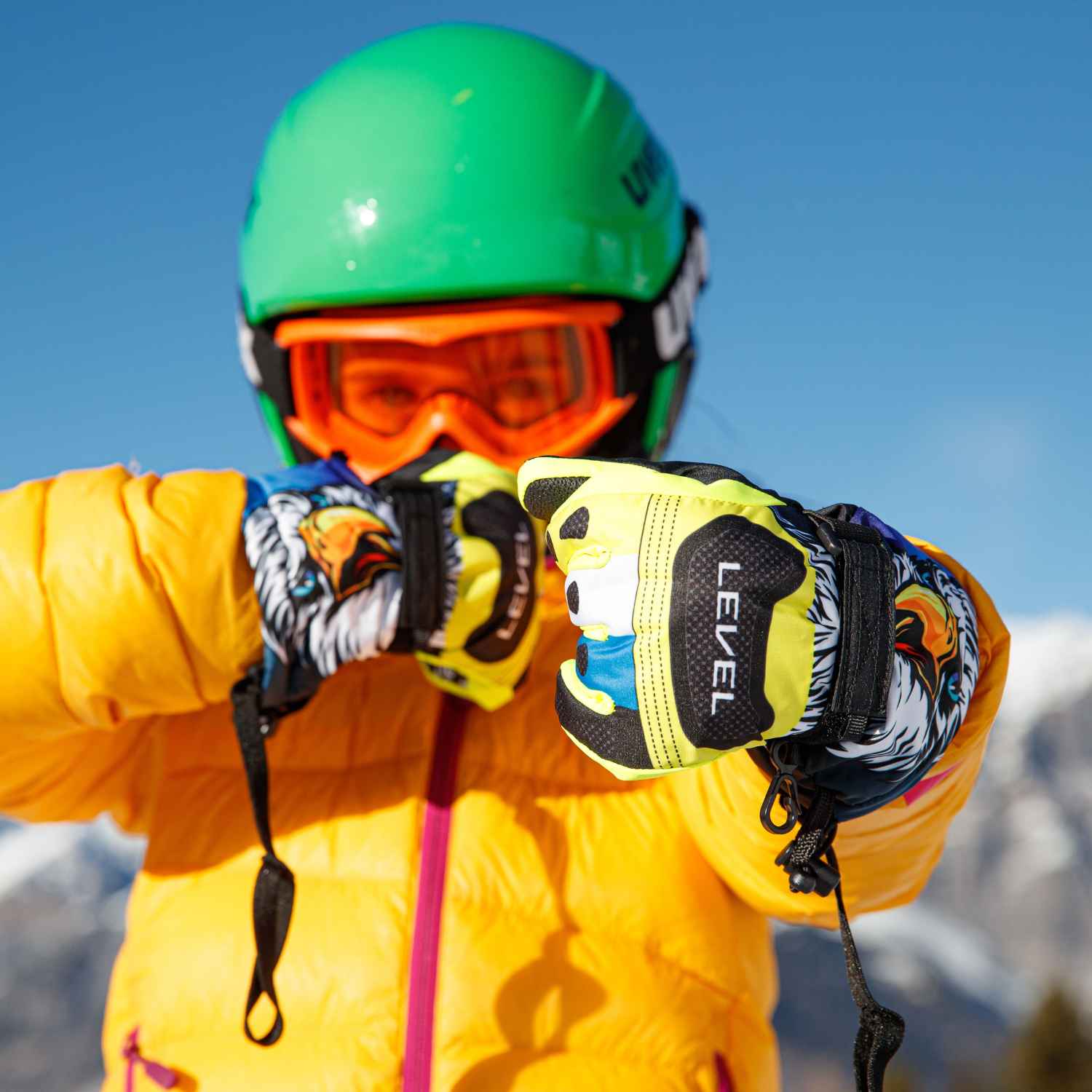
WHAT GLOVES TO WEAR FOR SKIING & SNOWBOARDING?
We all know cold hands are no fun, so it's worth buying the right ski & snowboard gloves or mittens. A pair of warm gloves can make all the difference to your comfort. The choice between gloves and mittens is mostly personal preference but there are advantages and disadvantages to both. Gloves allow for more dexterity, so it's easier to do up a zipper or adjust your goggles whereas mittens are typically warmer as they trap the warm air, but at the expense of dexterity. Some mittens and gloves offer a thin, liner glove (like a base layer) that's designed to be worn under your glove on colder days. These liner gloves are often touchscreen compatible, which means your hands stay warm when you're taking photos. Getting the right size of glove is important. If they're too big then you'll lose dexterity.
Just like ski & snowboard pants and jackets, ski gloves are designed to be waterproof and breathable and will have a rating from 10k to 30k. More expensive gloves will be made from fabrics such as GORE-TEX which is completely waterproof. Many will have additional features, such as additional protection on the palms to reduce wear and cuff closures to stop snow from going inside.
shop ski & snowboard gloves & mittens
SHOULD YOU WEAR A HELMET OR HAT FOR SKIING & SNOWBOARDING?
The quick answer to this question is a helmet. There was a time when hardly anybody on the slopes wore a helmet, but helmets have become lighter and more comfortable and at most resorts the vast majority of people wear them. You don't expect to crash but you never know what might happen, or who might happen, and your brain is worth protecting.
When it comes to choosing a ski helmet, the fit is all important. If you're not sure of your size, then measure around your head and have a look at our sizing guides. Most ski and snowboard helmets will have some adjustment on the inside, so you can get the perfect fit. It can be worth trying your goggles with a helmet to make sure they fit together well and don't leave a gap on your forehead. Once you've found the right size ski helmet then you can consider additional features, such as MIPS, the number of vents and the weight.
shop ski & snowboard helmets
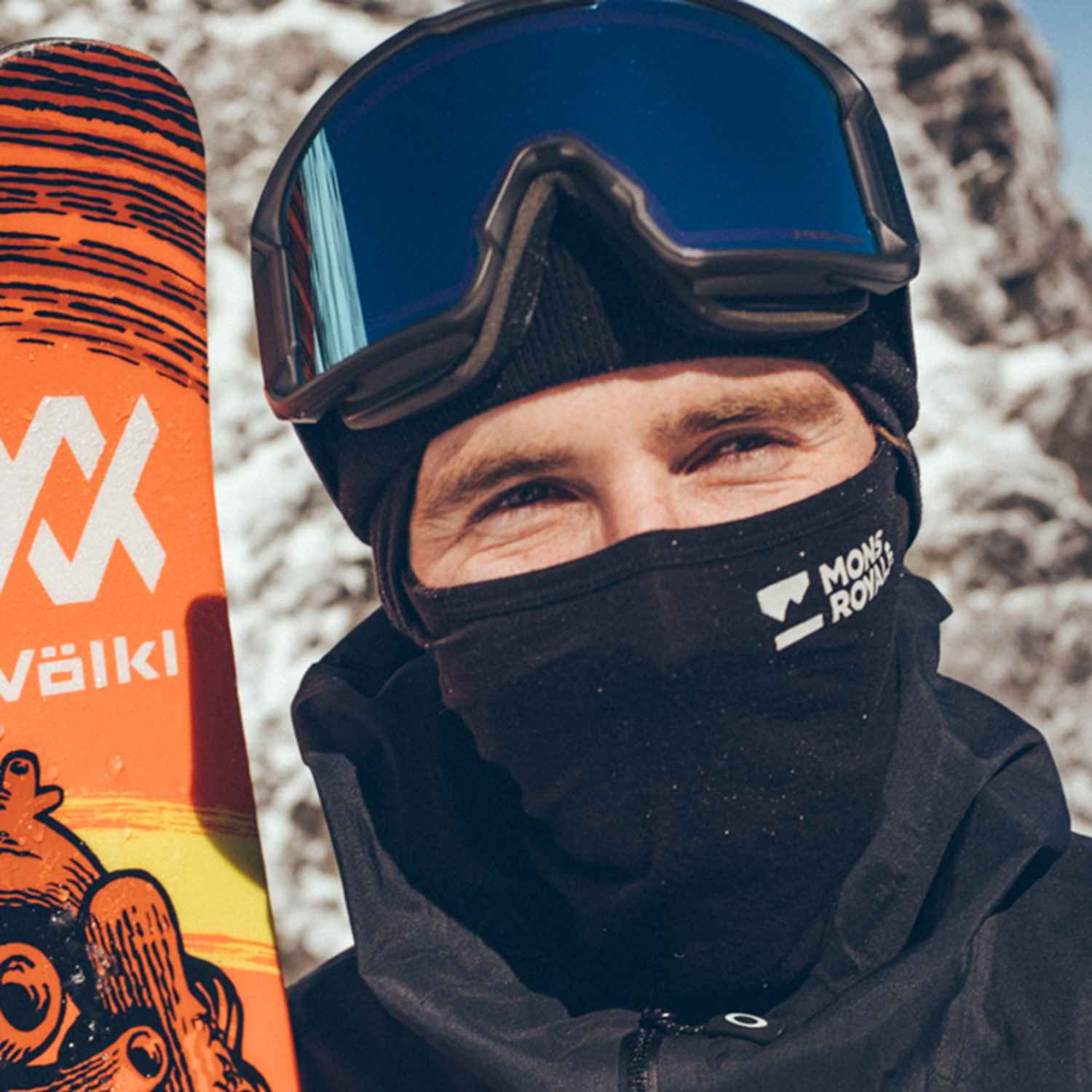
SKI NECK WARMERS & BALACLAVAS
Your ski helmet is good at keeping your head warm, but a neck warmer or balaclava is a good idea for covering any exposed skin and keeping the wind from going down your back. Some people prefer a face mask or balaclava that covers the whole head and face. This is the warmest option, but can be too warm on those sunny days. A neck warmer or neck gaiter is a good solution as it keeps the wind and snow off your neck and can be pulled up over your face to cover any exposed skin when conditions worsen. Neck warmers are often made from synthetic fabrics or sometimes merino wool.
SHOP NECK WARMERS & BALACLAVAS
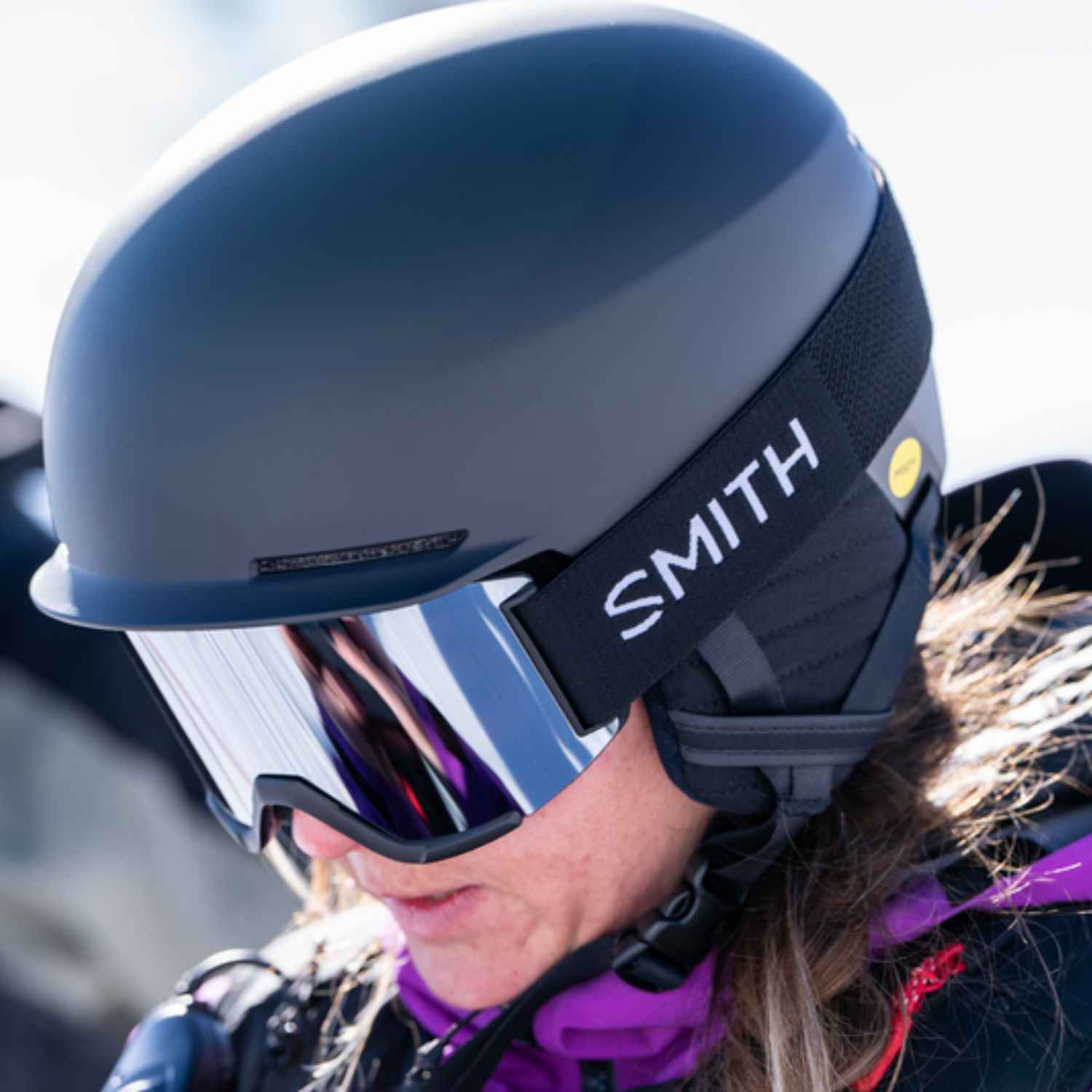
SKI & SNOWBOARDING GOOGLES & SUNGLASSES
We tend to recommend using goggles when skiing and snowboarding. Ski goggles typically protect your eyes and face from the sun and wind better than sunglasses. It's still worth taking a good pair of sunglasses with you for around the resort, or when enjoying après ski.
When deciding on a pair of ski or snowboard goggles it is worth checking they work with your helmet and the shape of your face. It can be a good idea to bring your helmet with you when looking for a new pair of goggles. You're looking for a snug fit around the face, with no gaps or pressure on your nose. Ski & snowboard goggles come in many different sizes and styles, with many frames coming in a large and regular version, depending on your face size, or preference. Other features worth considering are interchangeable lenses, one for sunny days, and a second for overcast or foggy days.

